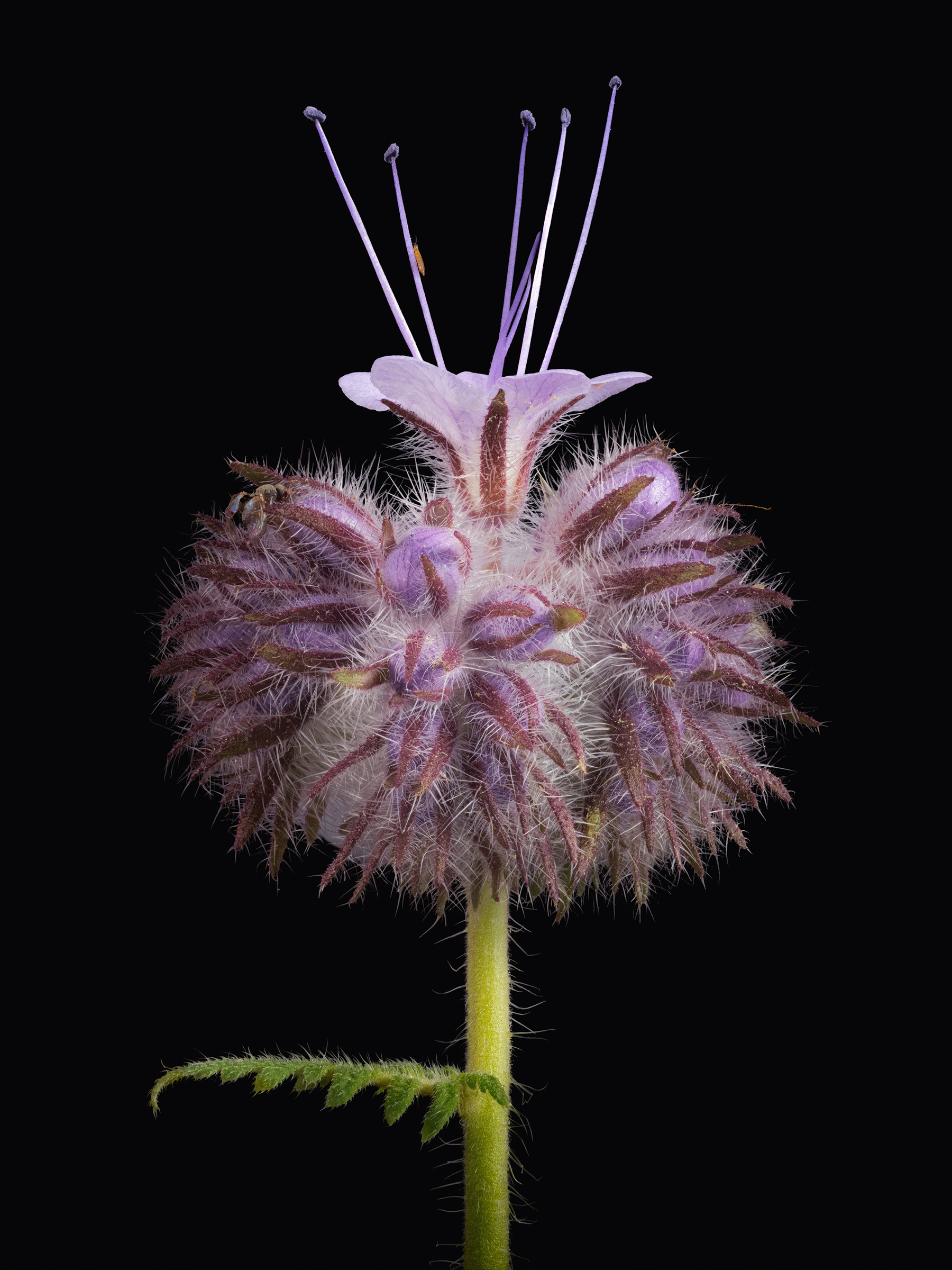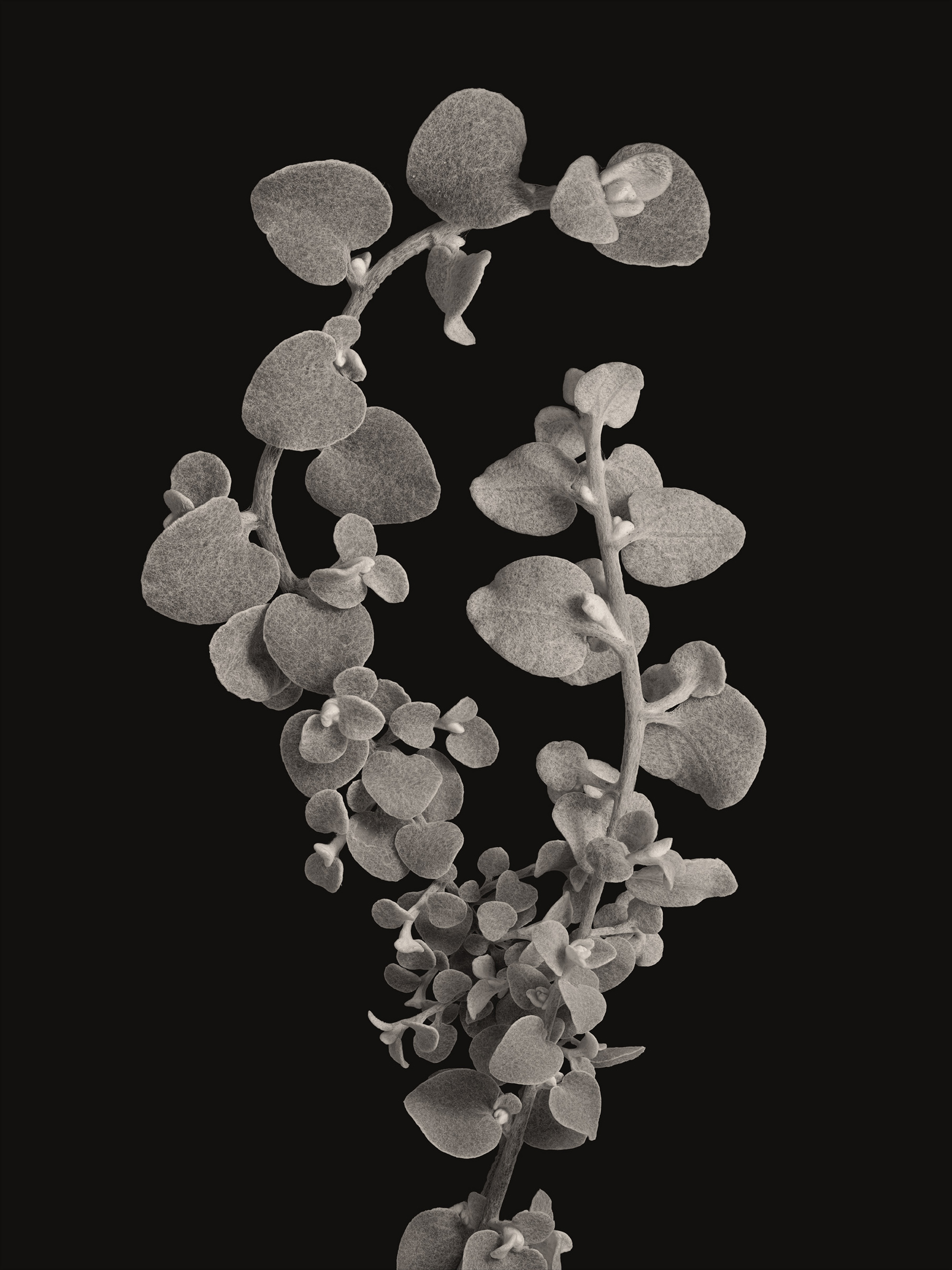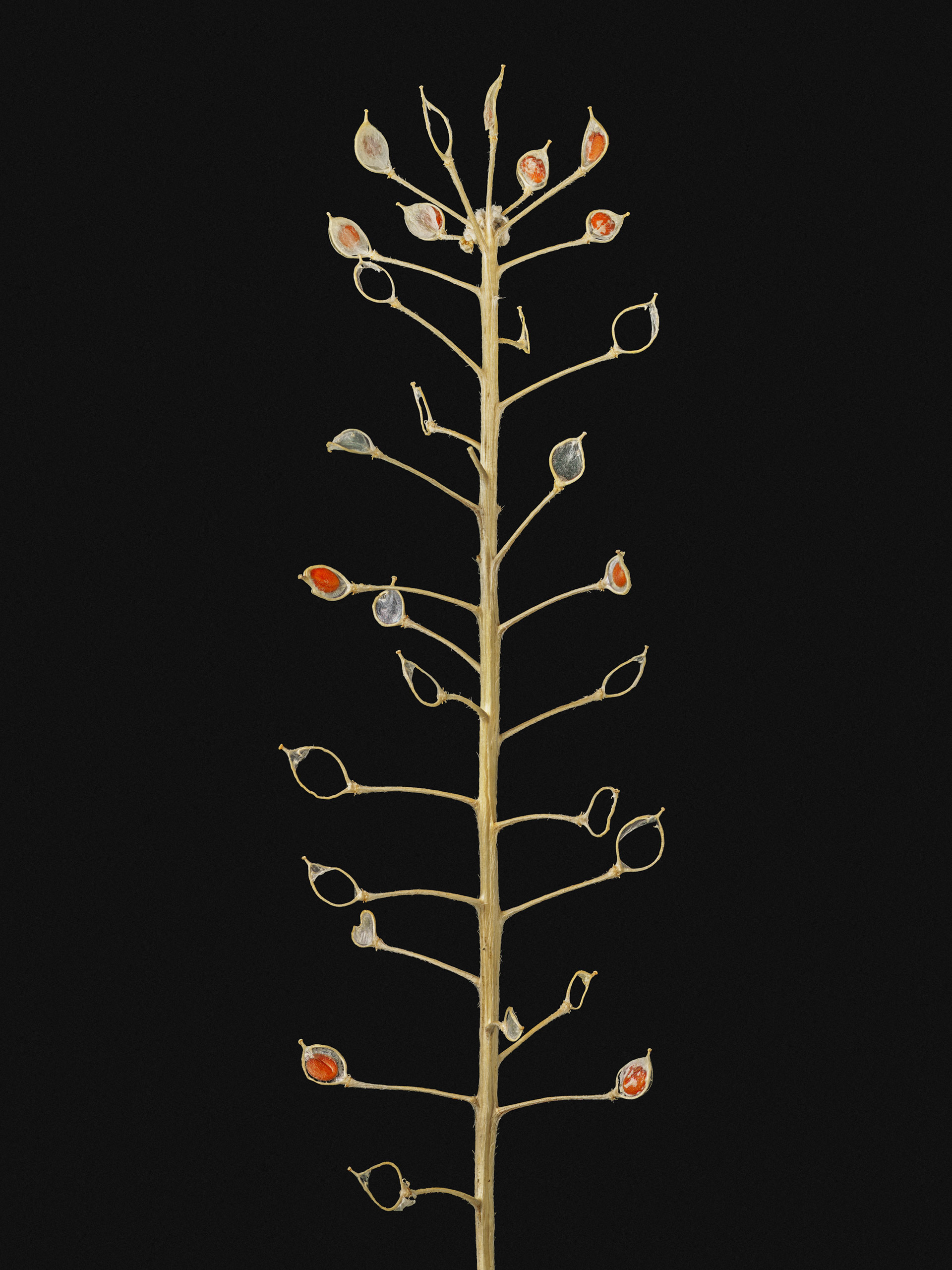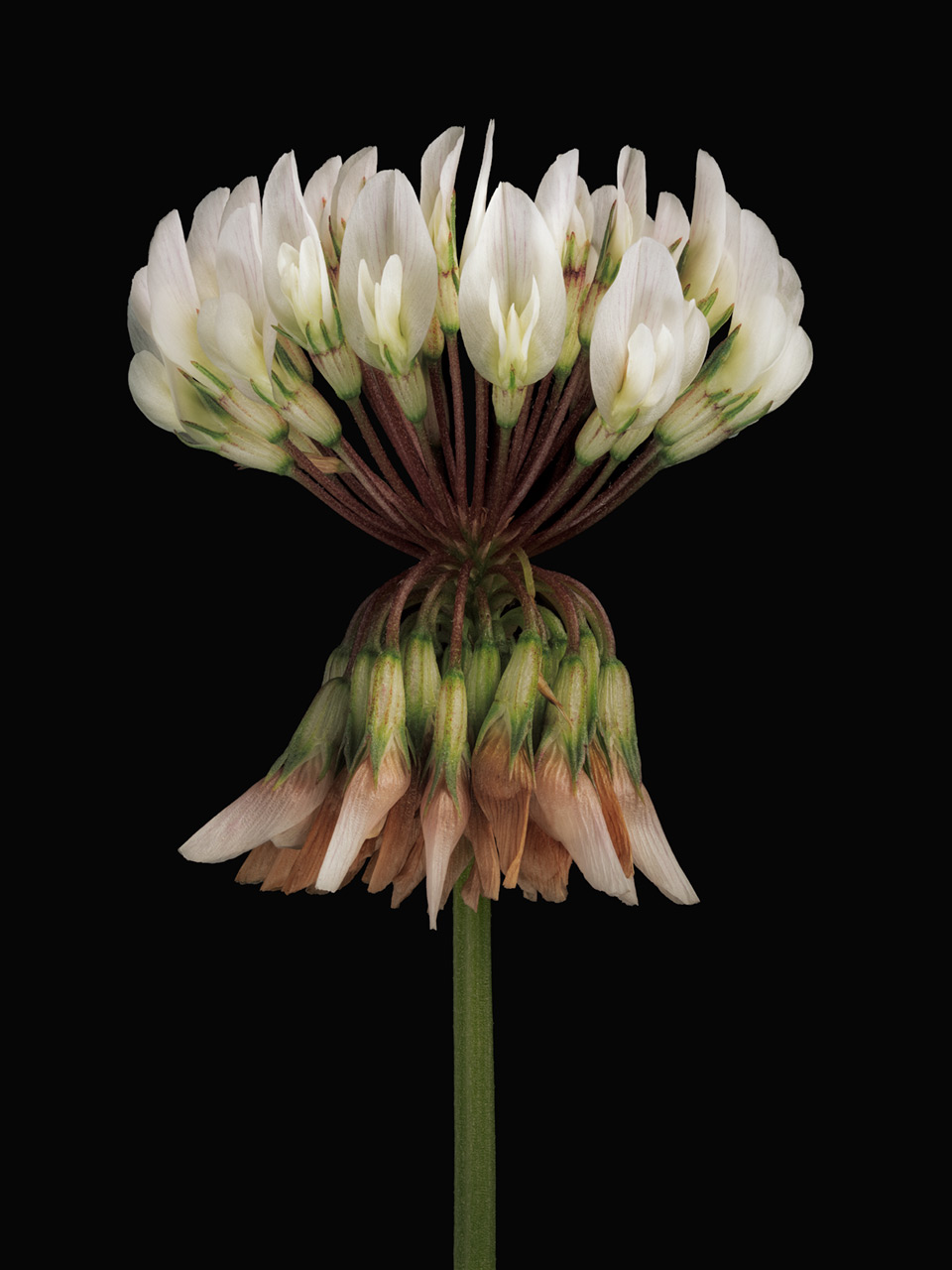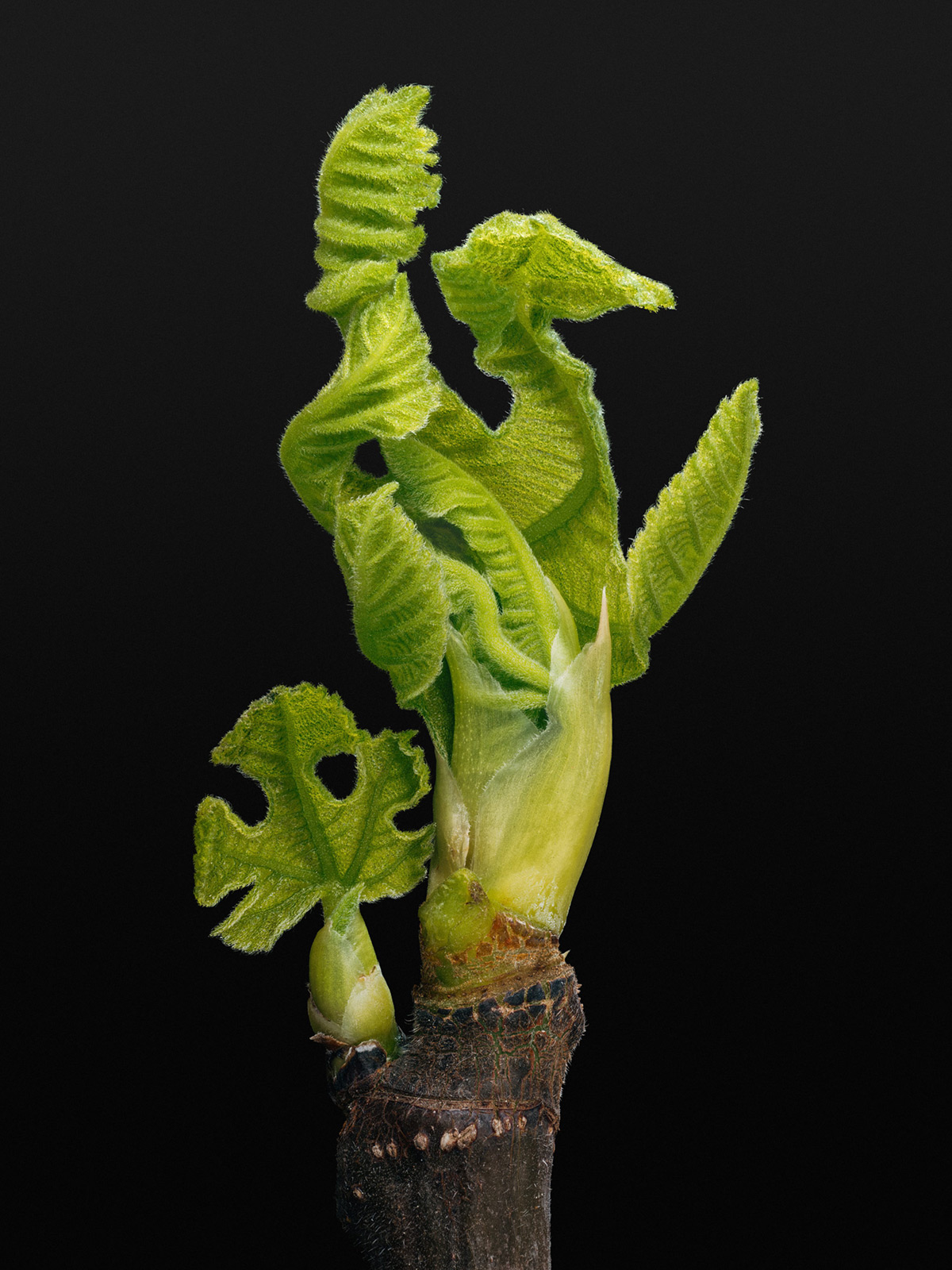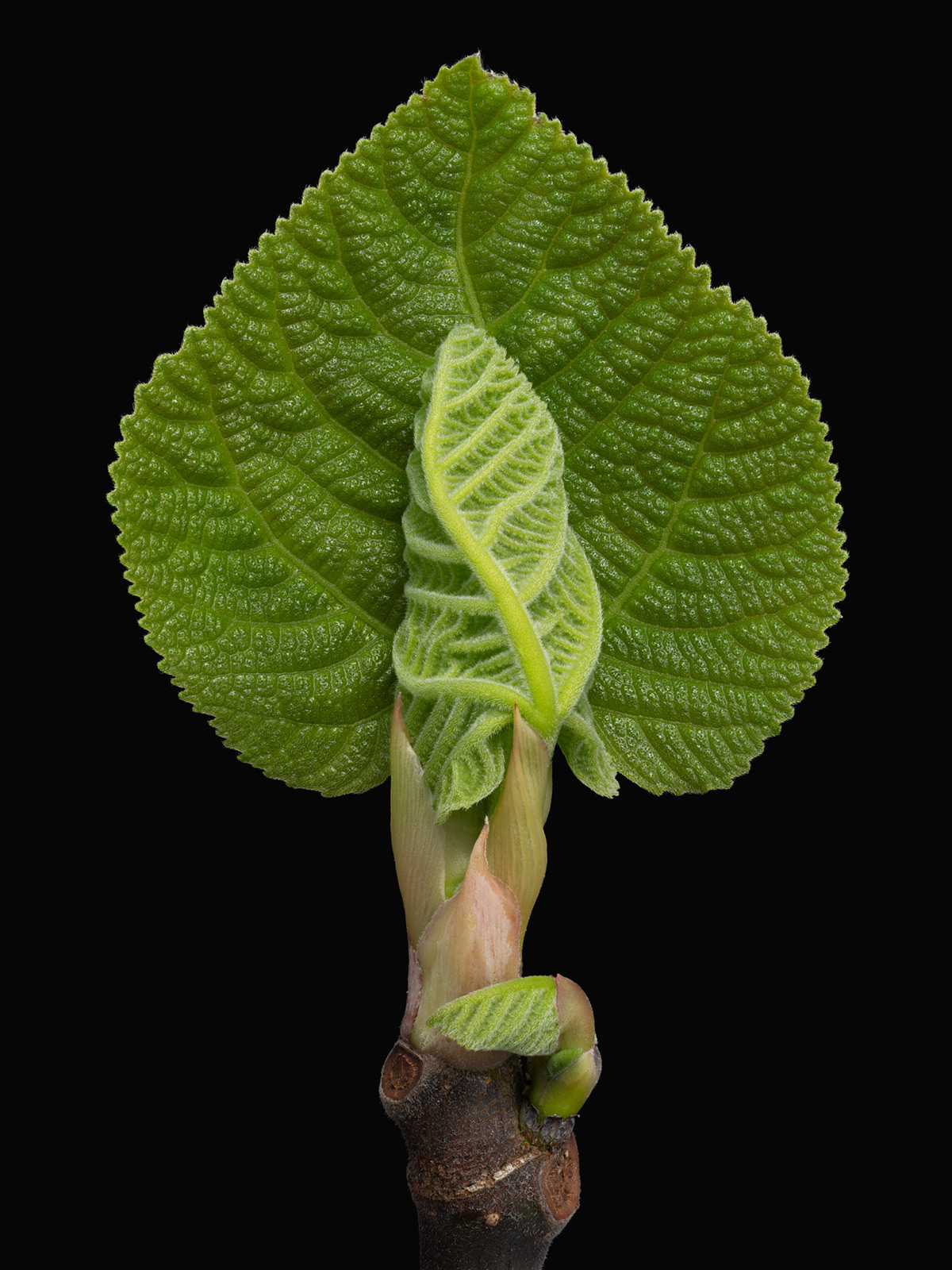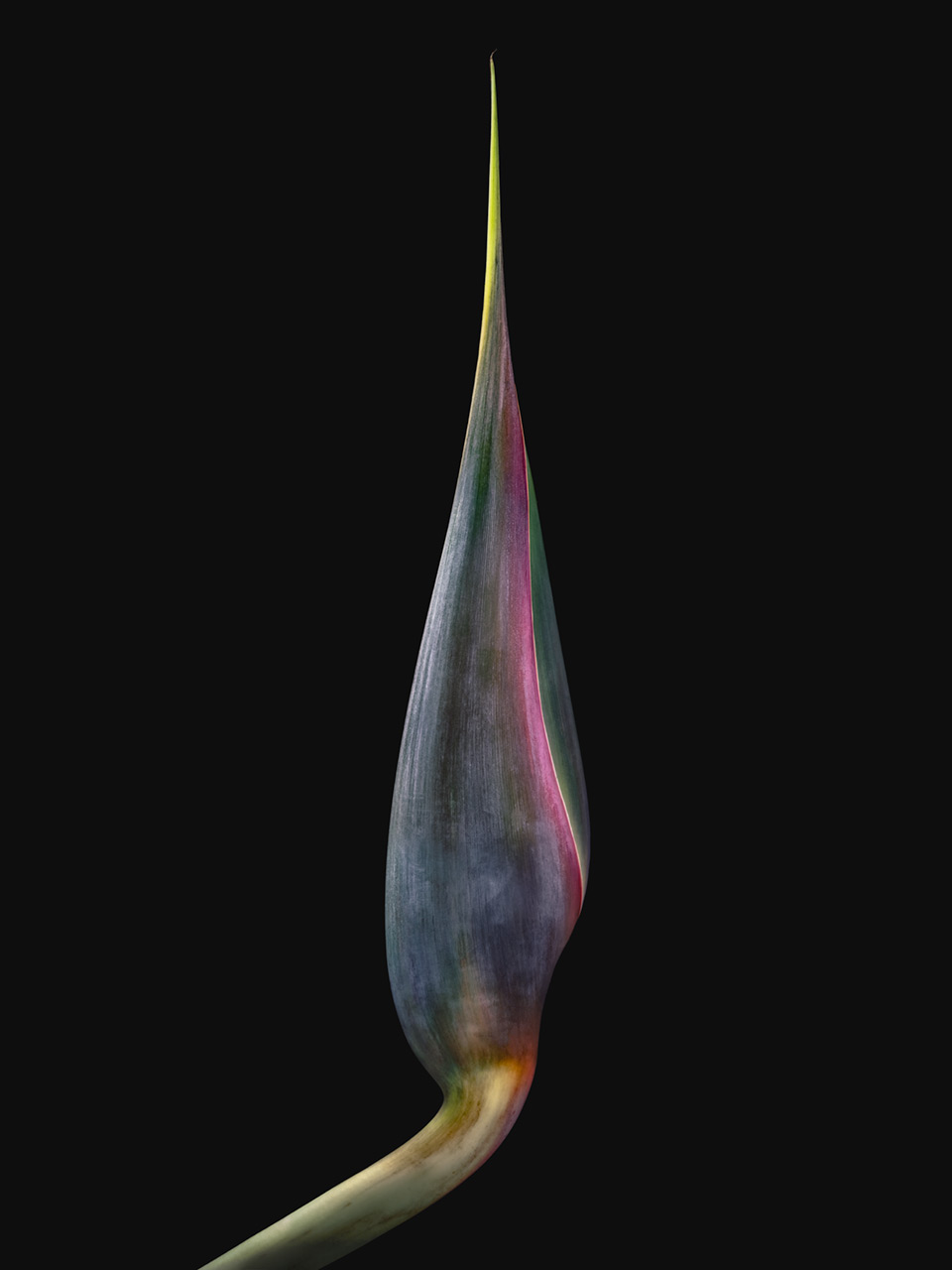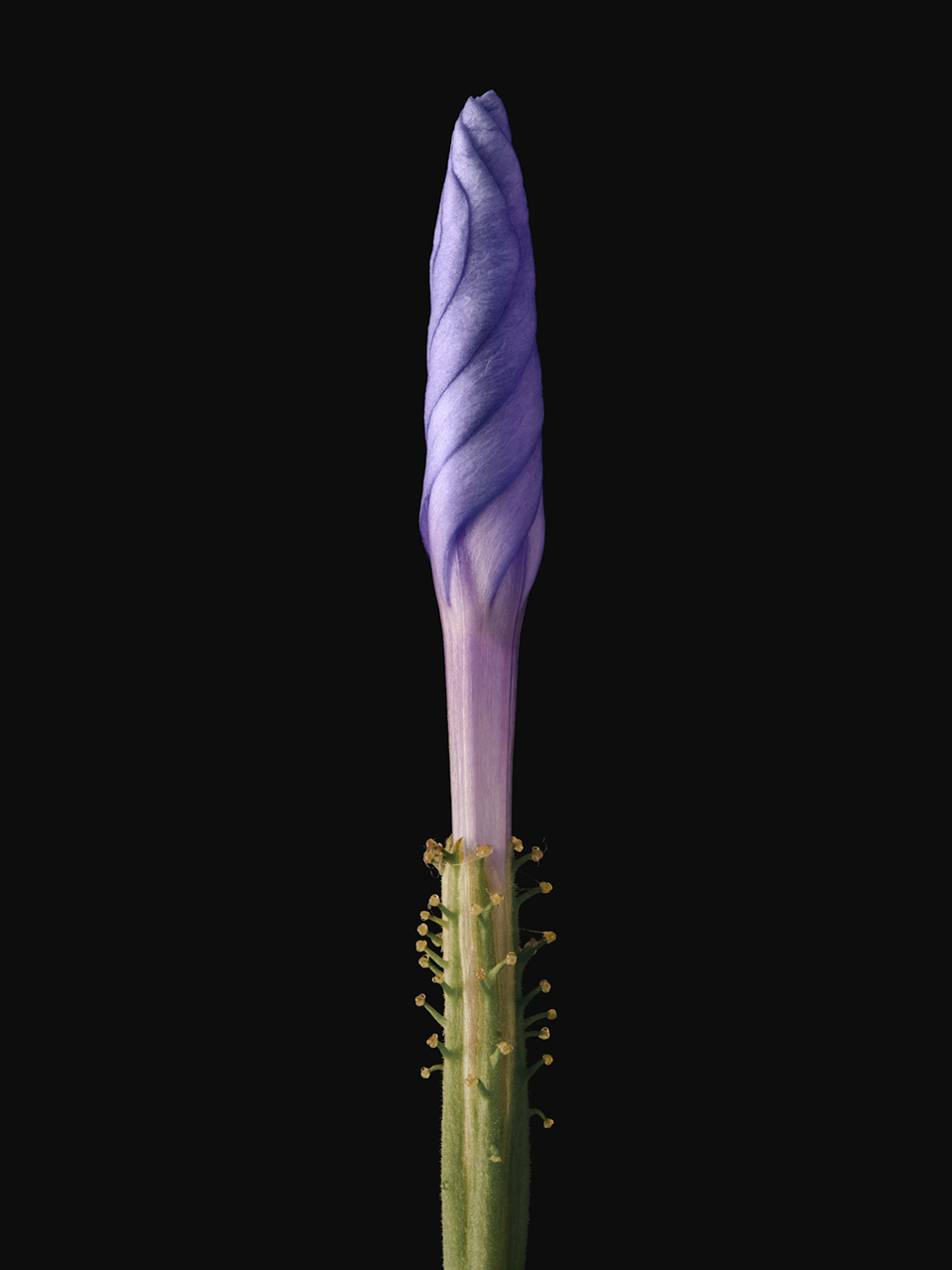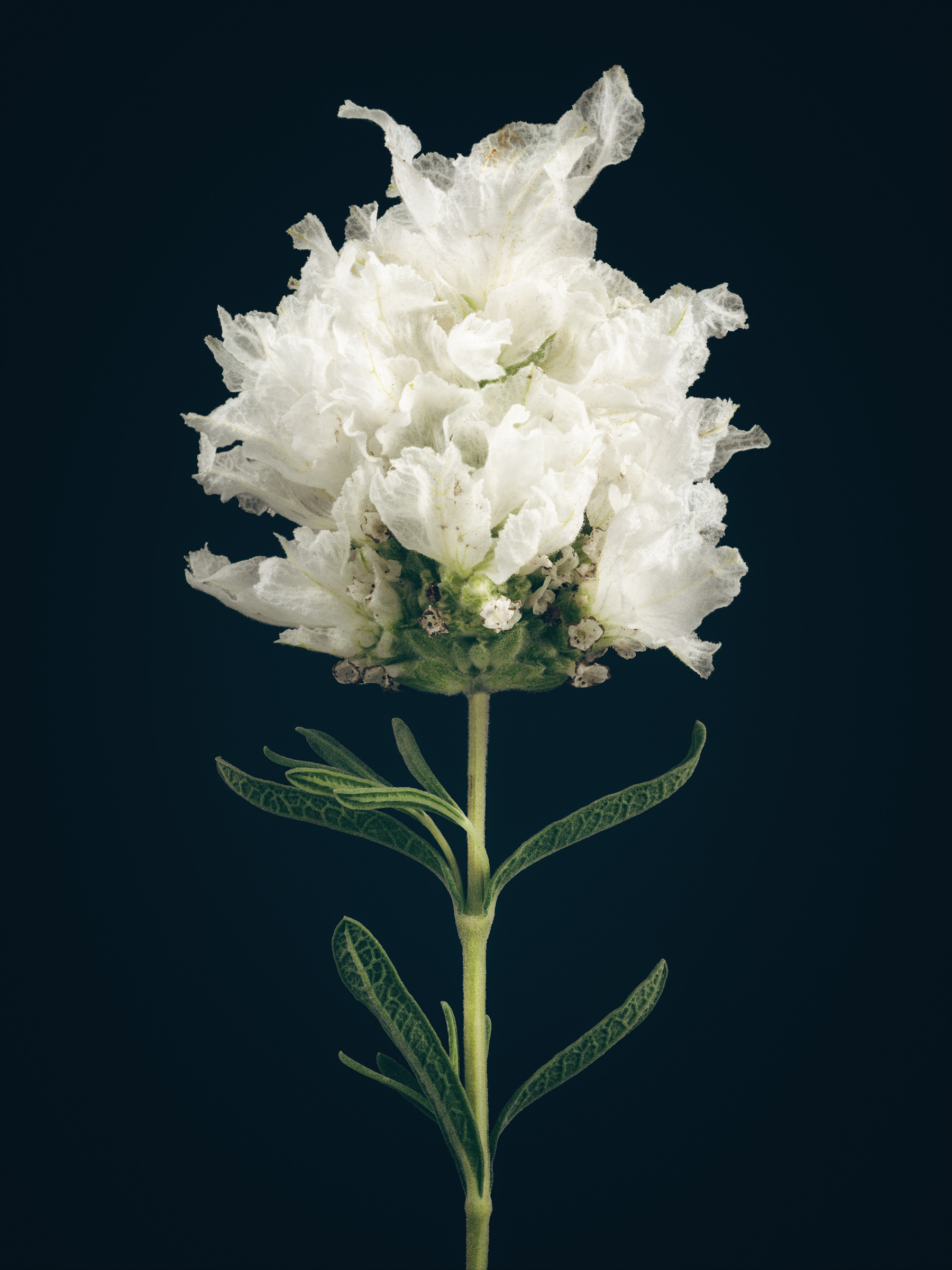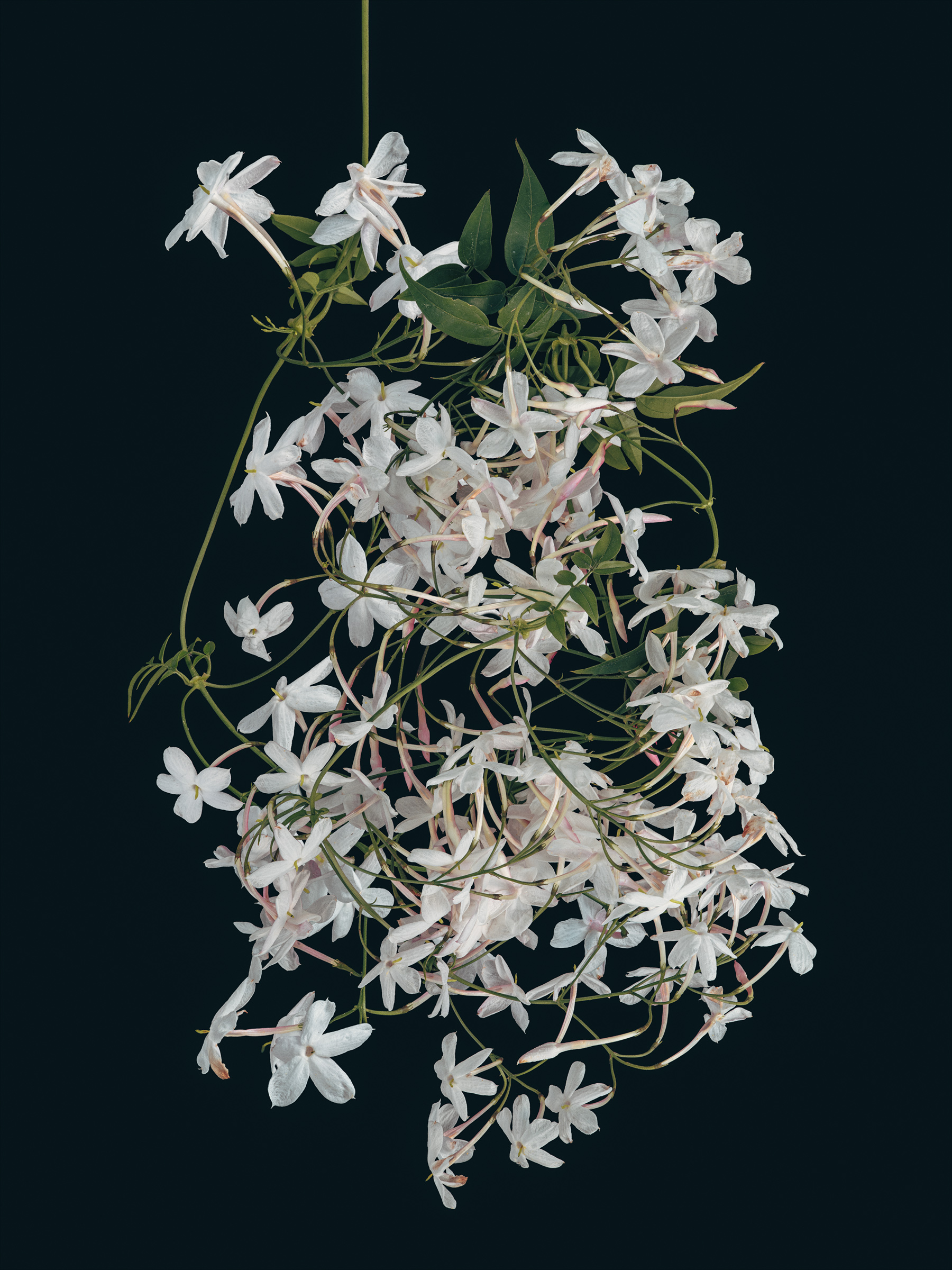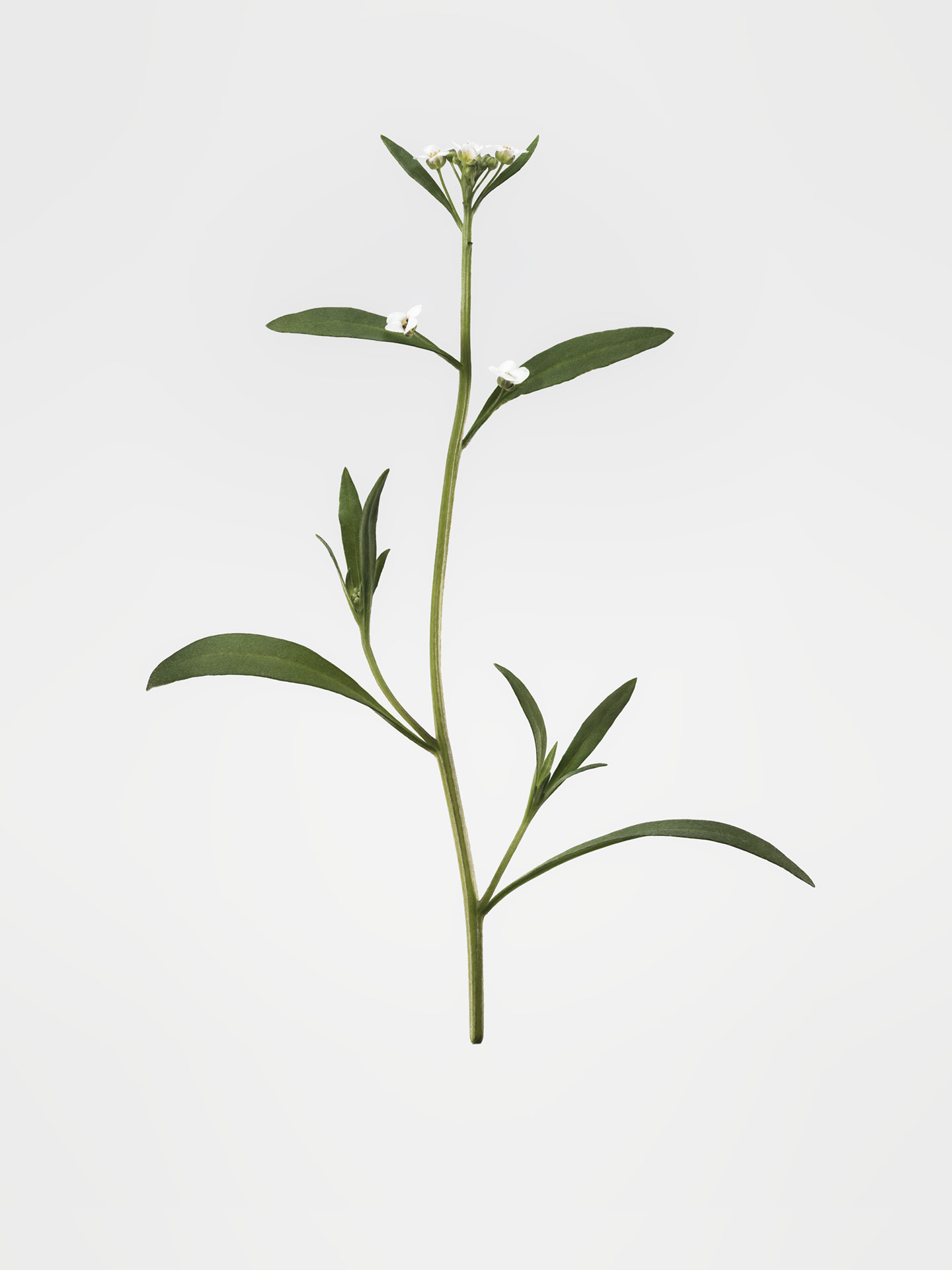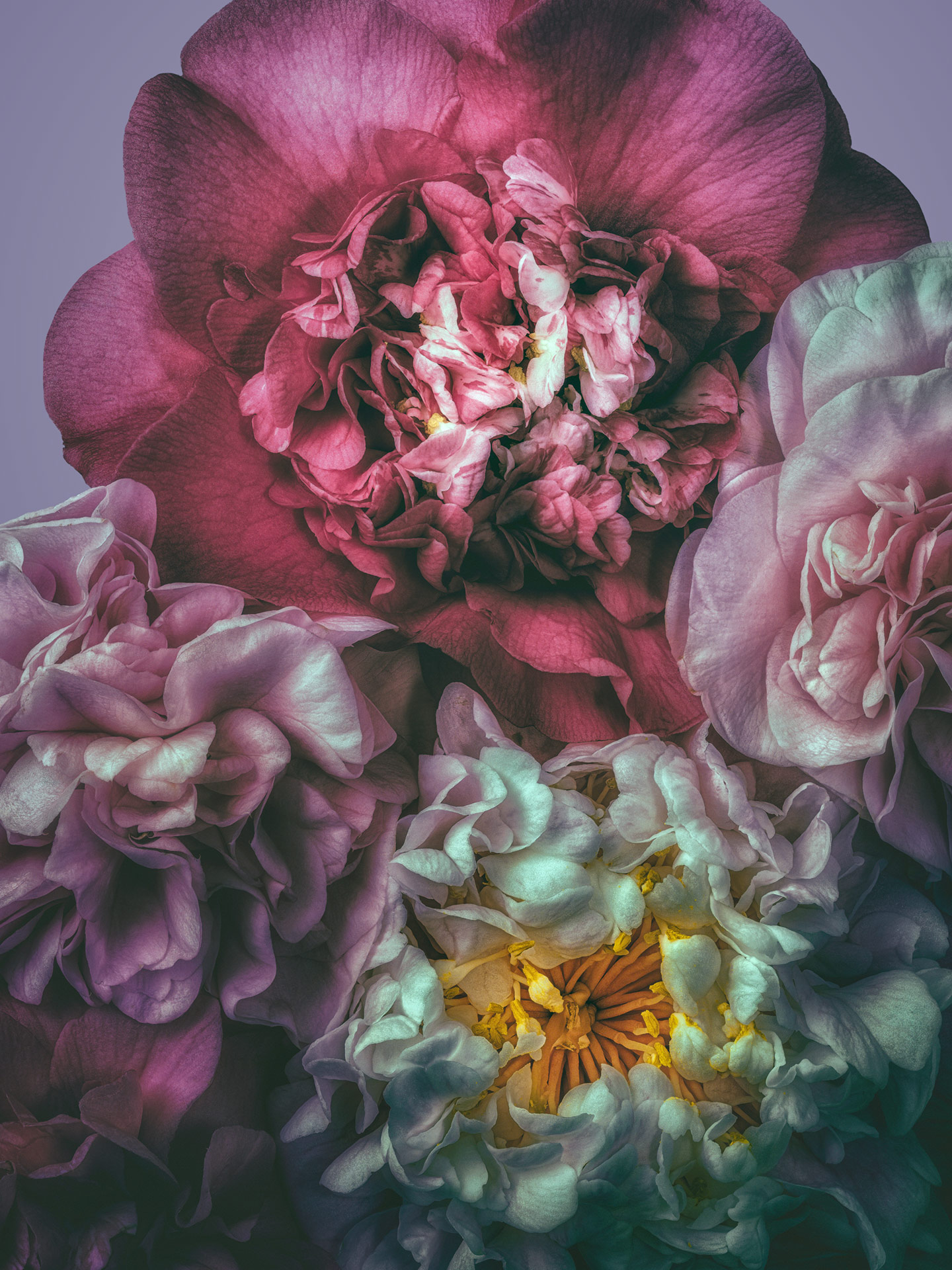All photographs are for sale. Please contact David directly by email for details and purchase inquiries.
“The instant wherein that supreme quality of beauty, the clear radiance of the esthetic image, is apprehended luminously by the mind which has been arrested by its wholeness and fascinated by its harmony is the luminous silent stasis of esthetic pleasure, a spiritual state very like that cardiac condition called the enchantment of the heart.”
James Joyce – A Portrait of the Artist as a Young Man, 1916
My mother always claimed that my late father’s greatest disappointment was not to have been able to pass down to his three children his passion for gardening. My father grew up in Southeastern England and was a teenager when the Nazis tried to subjugate the United Kingdom into submission. In order to supplement a family’s meager rations, many of his generation became expert gardeners. I suppose that unless under duress, the plant world was of little interest to his aspiring photographer son, a proto-suburbanite who grew up in Switzerland, a land of peace and plenty. The magic of plants would only become apparent once my own concept of time had started to slow down…
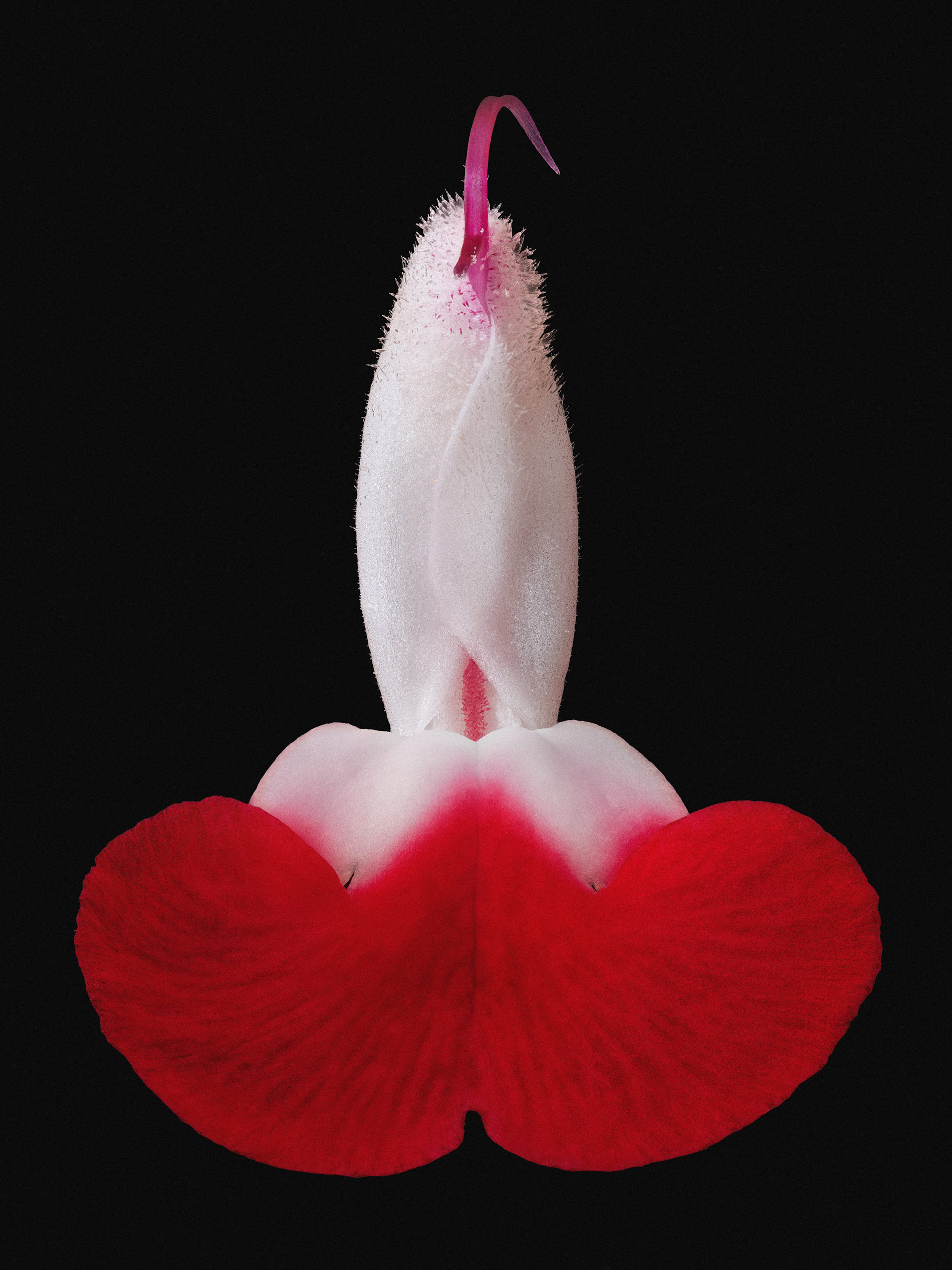
I landed in George Town in May 2019 along with fellow artist Bill Ferehawk. A little late for the blooming season due to logistics. Six months prior, we had received the nod from the National Gallery of the Cayman Islands for a show about endangered and endemic plants of the small Caribbean archipelago. We set out to photograph two plants per day. With the support of local amateur botanists, we criss crossed Grand Cayman in search of our prey. More often than not, these plants were surviving in areas of neglect or off limit to human development such as cemeteries and back alleys. Yes, on our list were orchids, from the ubiquitous banana orchid, Caymans’ official state flower, to the Encyclia kingsii an orchid so rare that only three specimens were known to survive. The one we photographed was in the backyard of a former professional boxer; now a pastor; who had illegally collected a specimen decades ago and that the local branch of London’s Kew Gardens were now relying upon for future insemination and propagation.
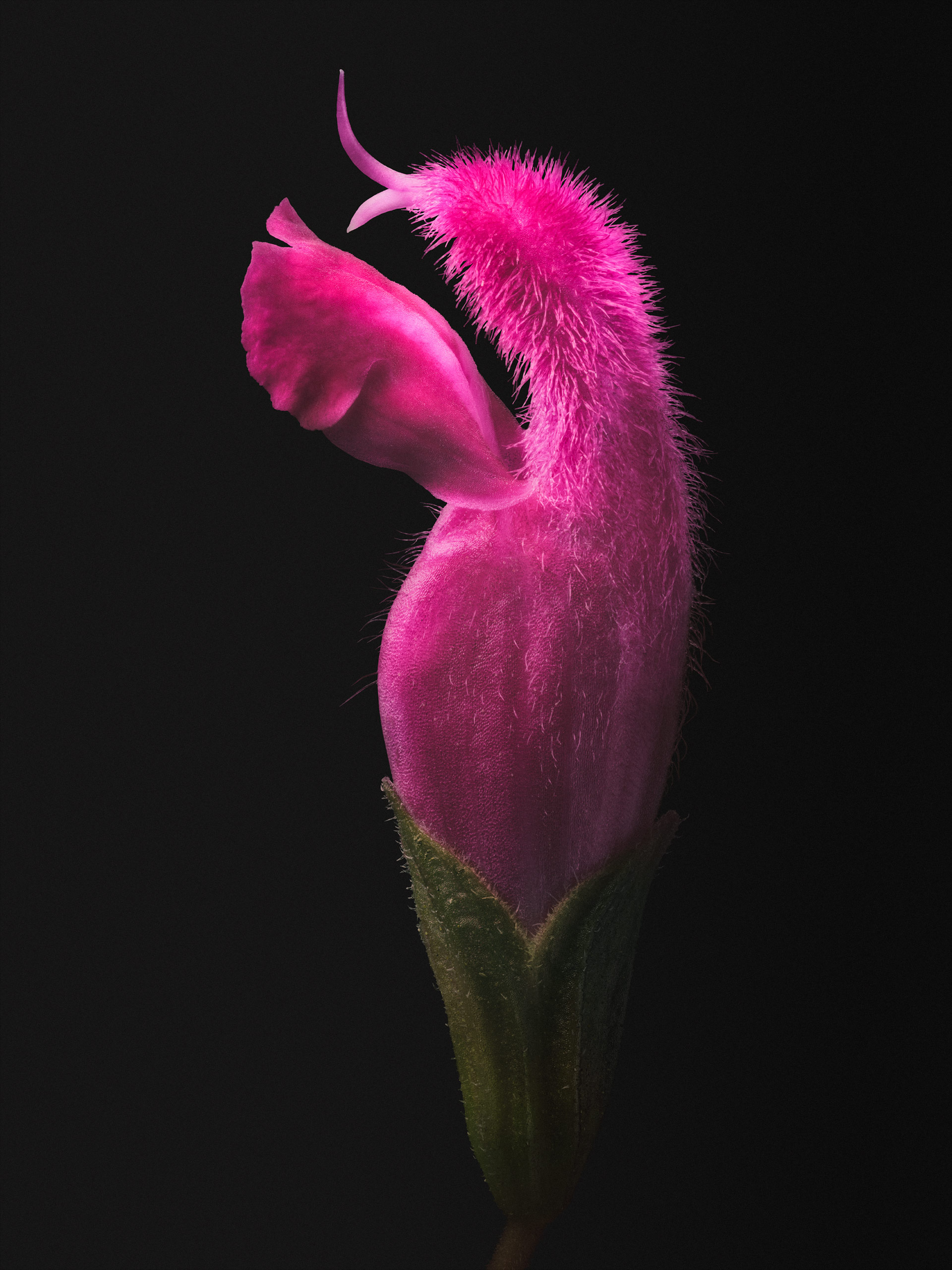
The artwork was printed and framed, happily sailing somewhere between Miami and George Town when the pandemic struck. Unfortunately for us and the rest of humanity, everything had to be put on hold, including the show’s opening. As it became apparent that the disease wasn’t going anywhere fast, the museum decided to go ahead with the show, but for locals only. We would have to endure our moment of glory from behind a computer screen. As for many artists, a long journey of looking inward began. Limited in my movements I decided to fully dedicate myself to the magical world I had discovered in Cayman, but in a Lilliput of my own: my garden. The circle was closing. I was hooked. I had caught my dad’s bug.
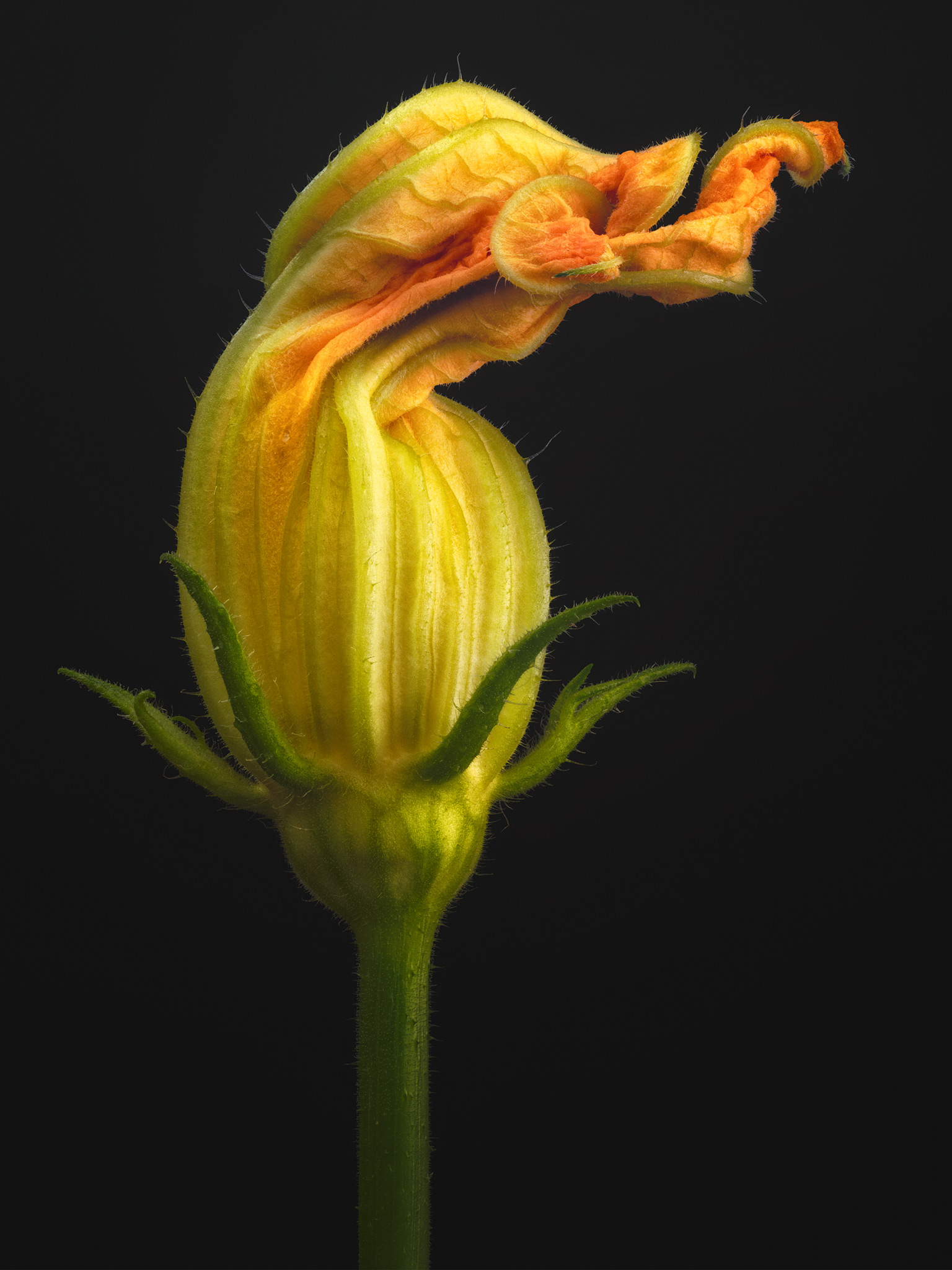
All the images proposed are of specimens from my garden in Pasadena, my frame. They are neither endangered nor endemic. I do not concern myself with the origins of my subject nor do I worry if they fall in the weed, beneficial, native or invasive categories. I am trying to determine where their beauty lies and what are their unique graphic and life characteristics. What makes them Them.
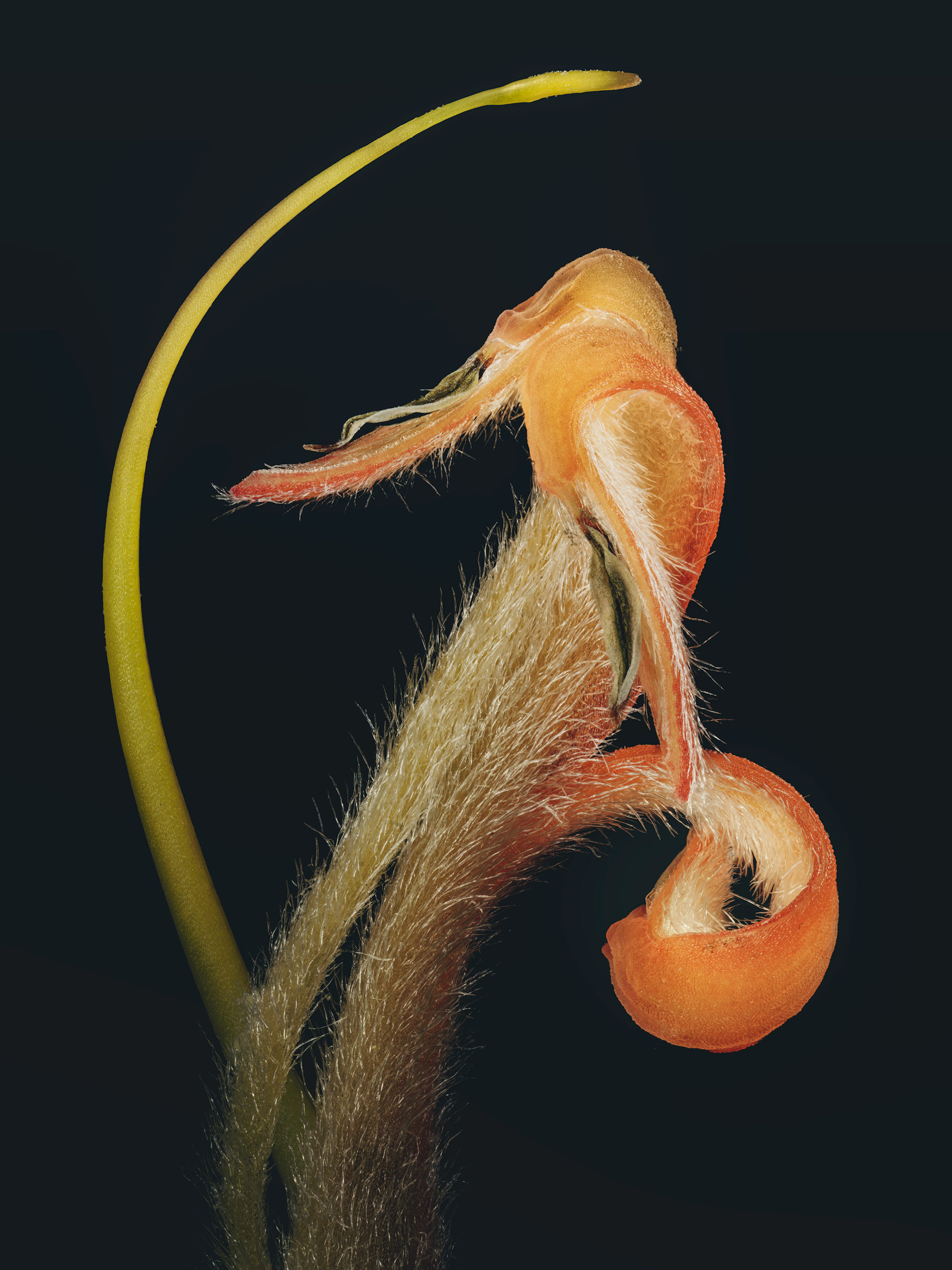
These aren’t photographs of plants in the strict meaning of the term. They are assemblies of many, sometimes hundreds of photographs taken from a slightly different position at relatively small intervals. Using a technique called focus stacking, a photographer can overcome the limitations of the lens—a shallow depth of field—by either focusing on different areas of the subject, or physically moving the camera closer or farther away from the specimen. The artist then combines and blends the images into a single frame that shows the subject in sharp focus from front to back. A process not unlike how the eye-brain duo gathers and processes information, albeit much slower. The assemblages are impossibly sharp, blurring the boundaries of illustration, photography and the stored visual memory. This circumvention of the limitations of the lens—the human eye having the same constraints—allows me to physically emulate what the human brain does best: synthesize information into a coherent whole. The images are conspicuously simple and familiar, yet the resulting amalgams never to be seen by a photographic lens, nor the human eye.
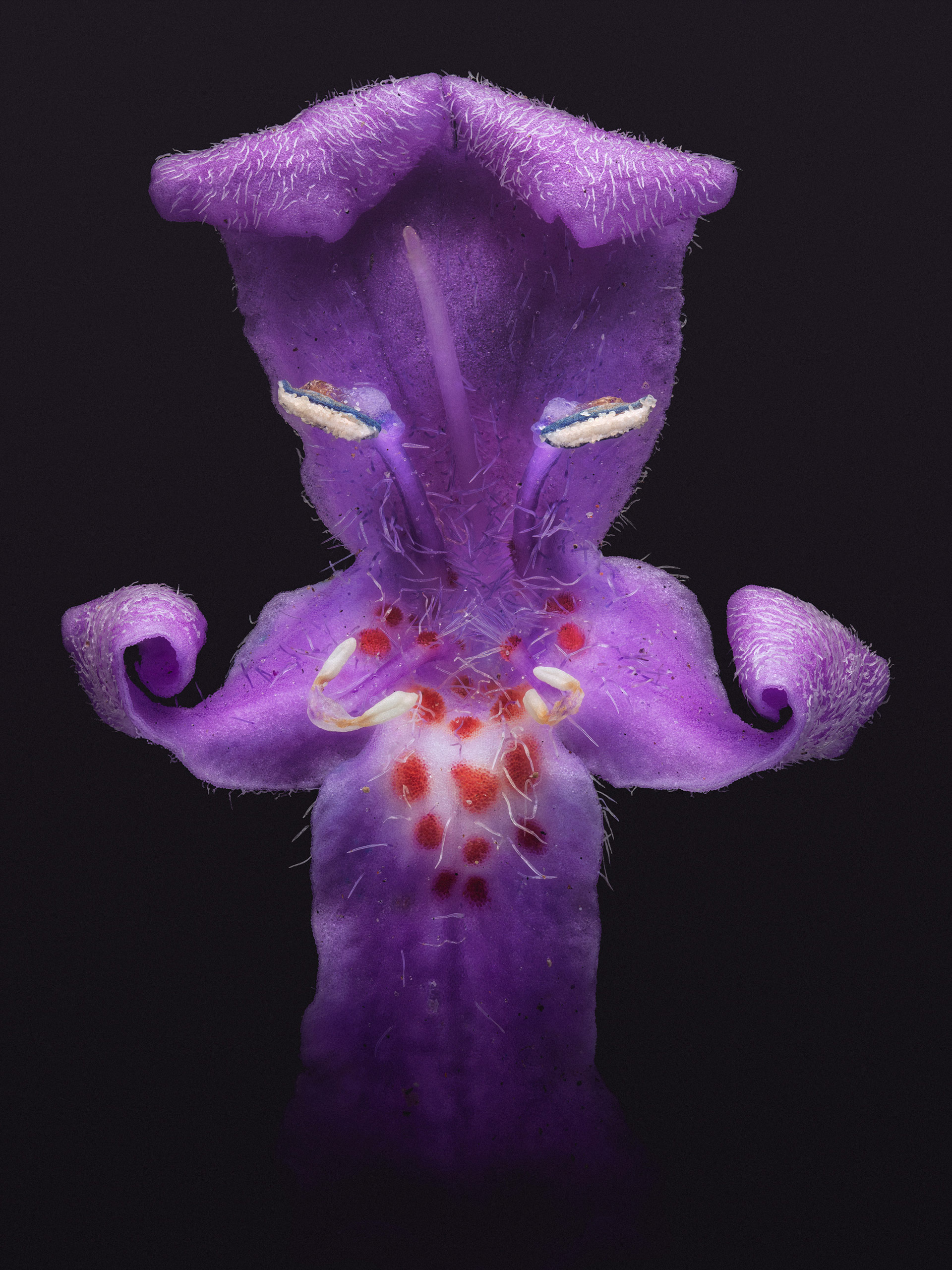
Westringia eremicola is a flowering plant in the family Lamiaceae and is endemic to eastern Australia. The flower of the Westringia is about 6mm long by 3mm wide. The image is a focus stack of 150 photographs. The flower shown is wilting, its curling petals suggesting the pose and hairstyle of a menacing early twentieth century prize fighter.
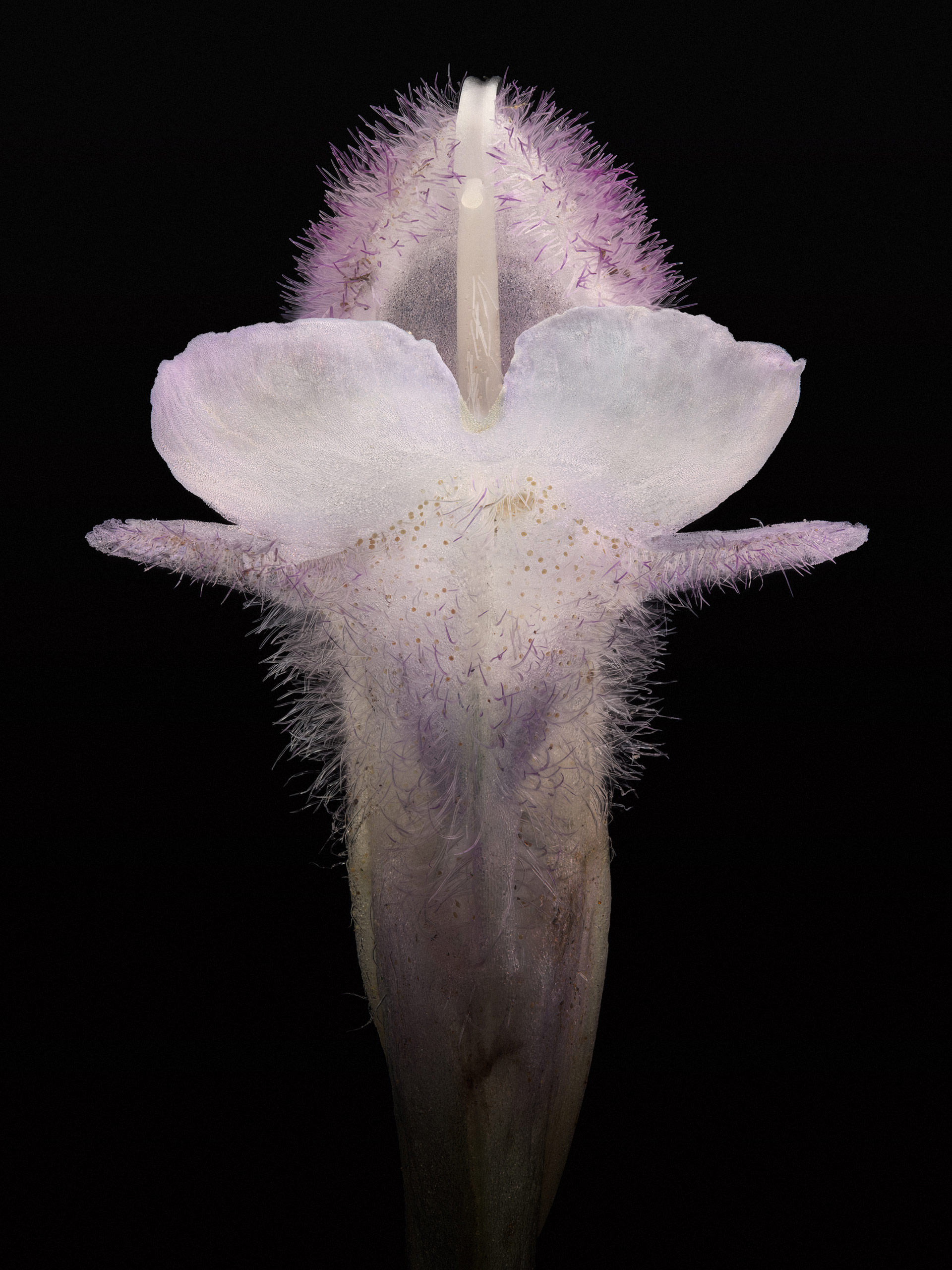
Salvia leucantha is native to subtropical and tropical conifer forests of central and eastern Mexico. The flowers are usually white, purple or pink with long and fluffy inflorescences. It is pollinated by insects and hummingbirds. The psychoactive effects of this salvia aren’t as nearly potent as the one’s of its cousin Salvia divinorum but will apparently increase the length of dreams… This straight on shot reveals an anatomy reminiscent of an omnipotent supernatural deity.
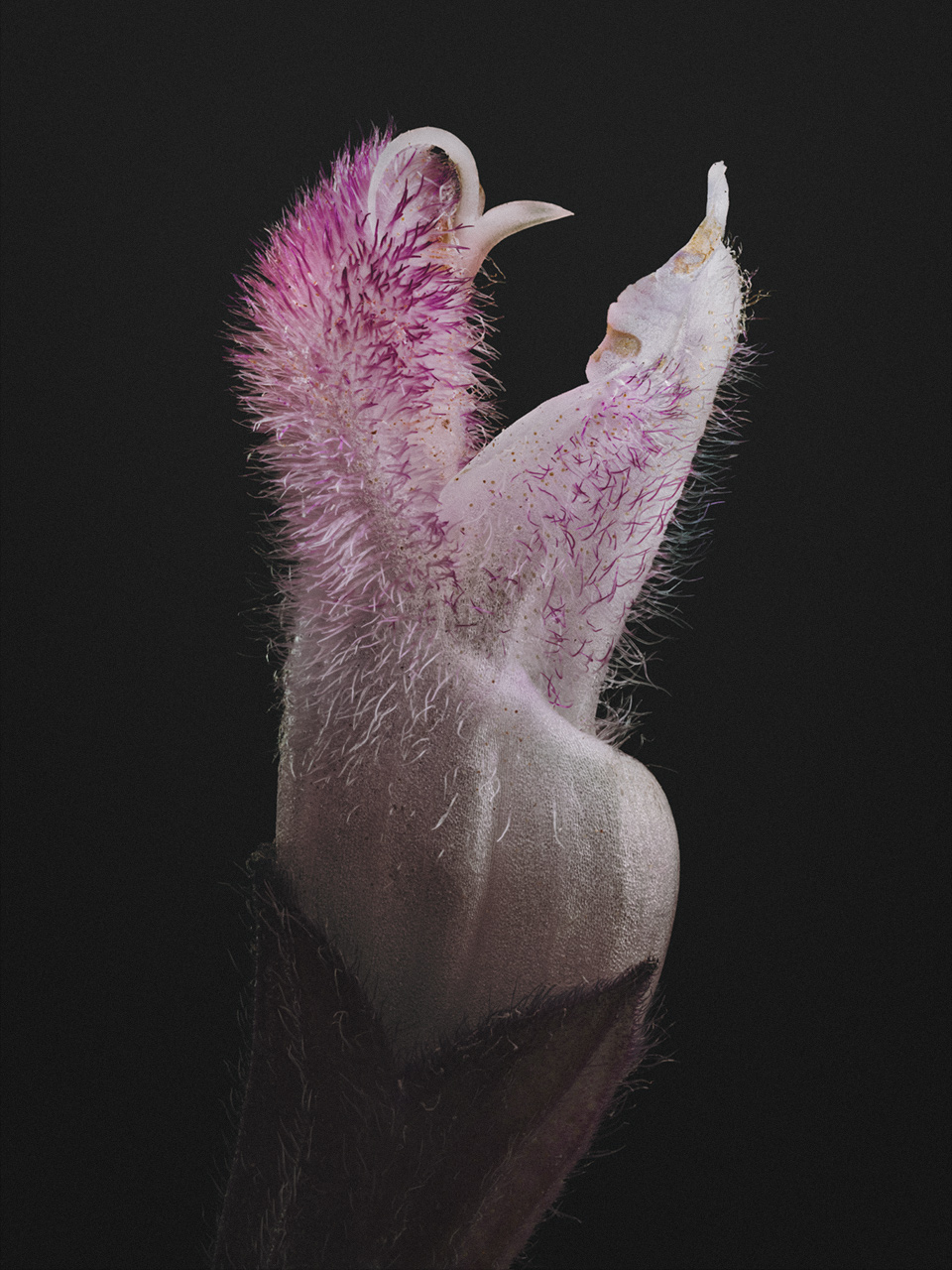
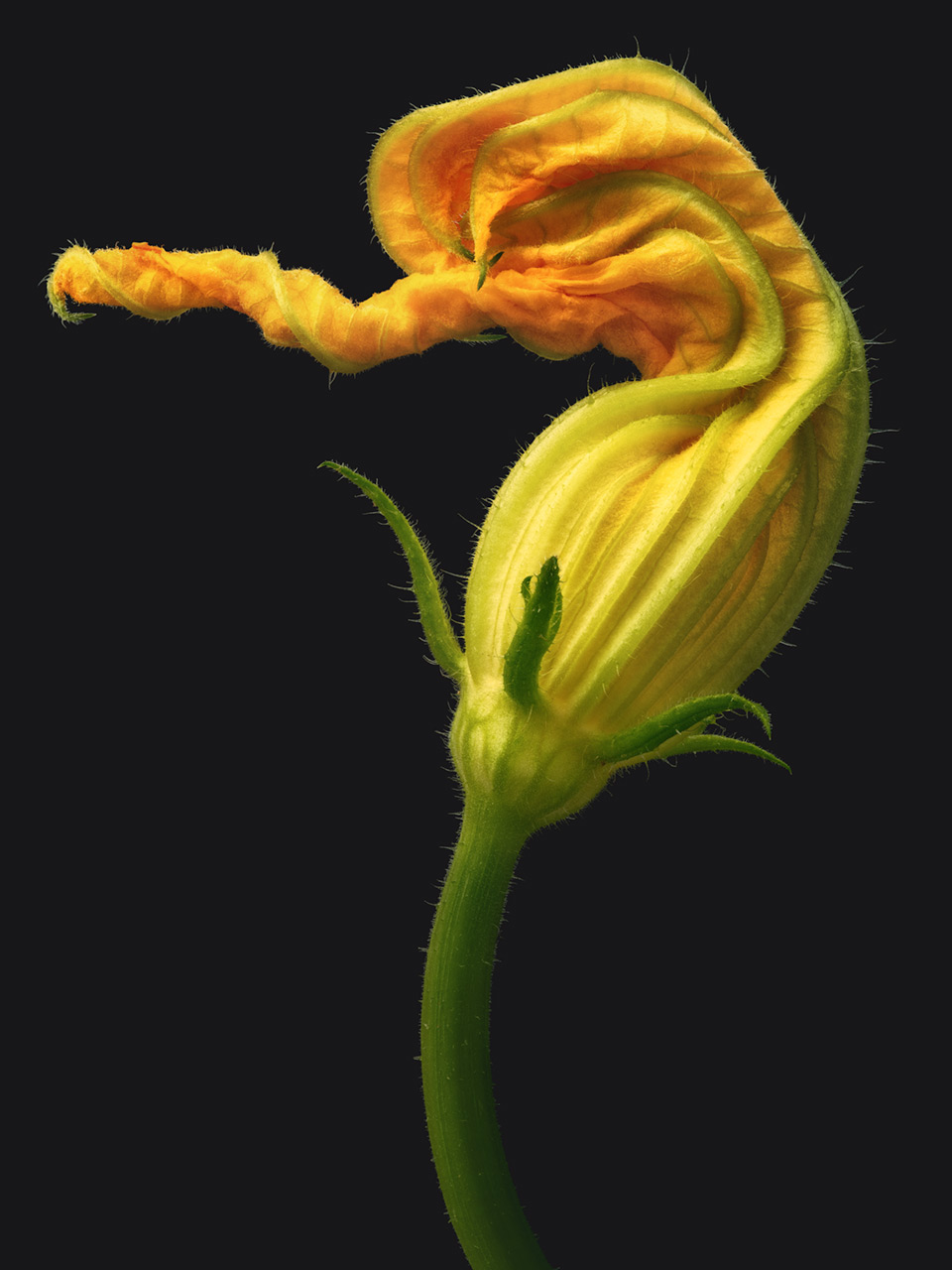
A native of the Americas, it has been domesticated for thousands of years. Its edible flowers a favorite of Mexican and Italian cuisines. One has to be careful when handling the flowers since pollinators such as bees have a tendency to get trapped in the closing funnel-shaped blossoms. A subterfuge of the plant to ensure that any captive insect will thrash around covering itself in pollen before being released the following day. When closed, as in this photograph, no flower will look alike but are often evocative of crabby and wrinkly old men.
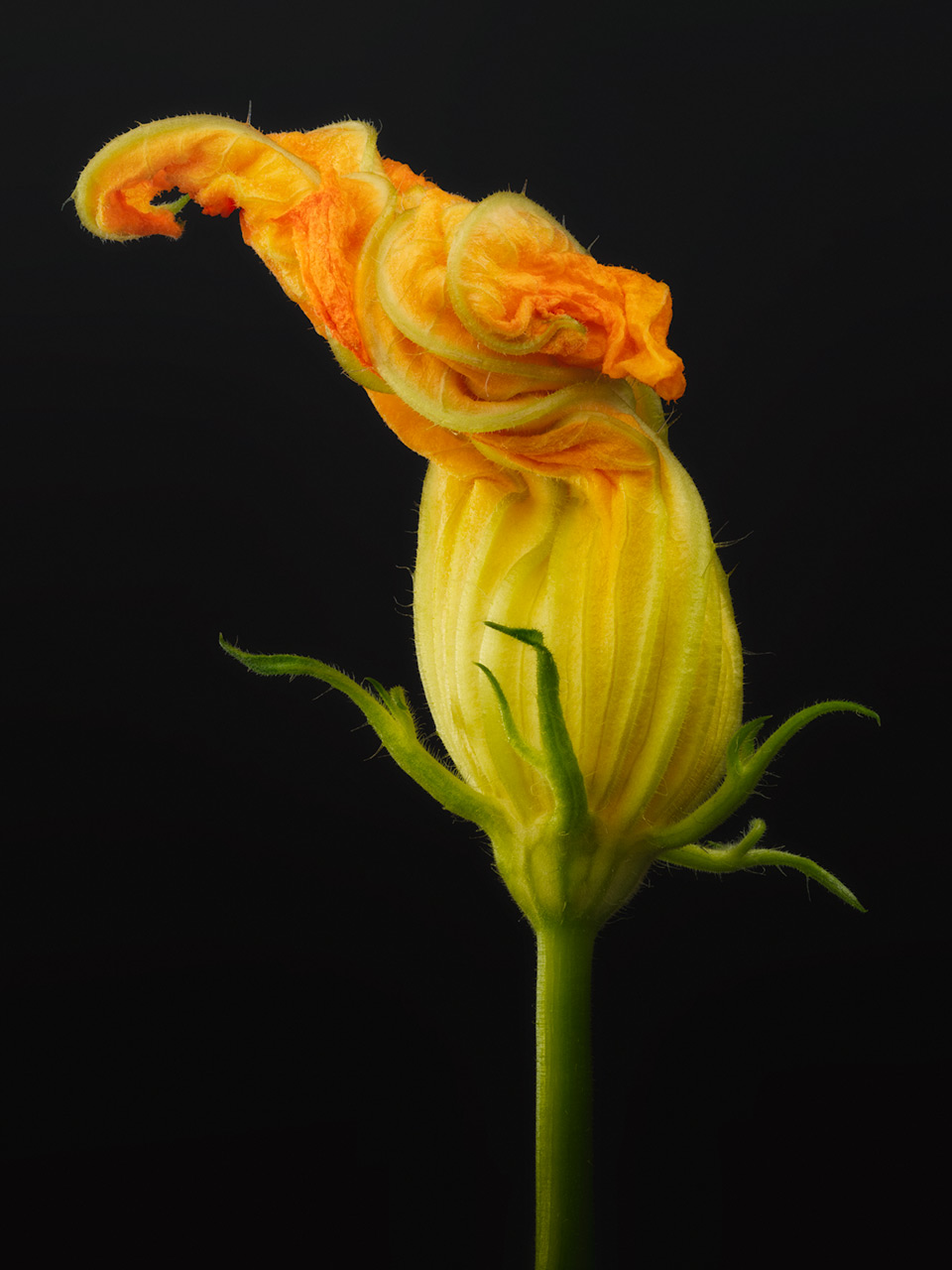
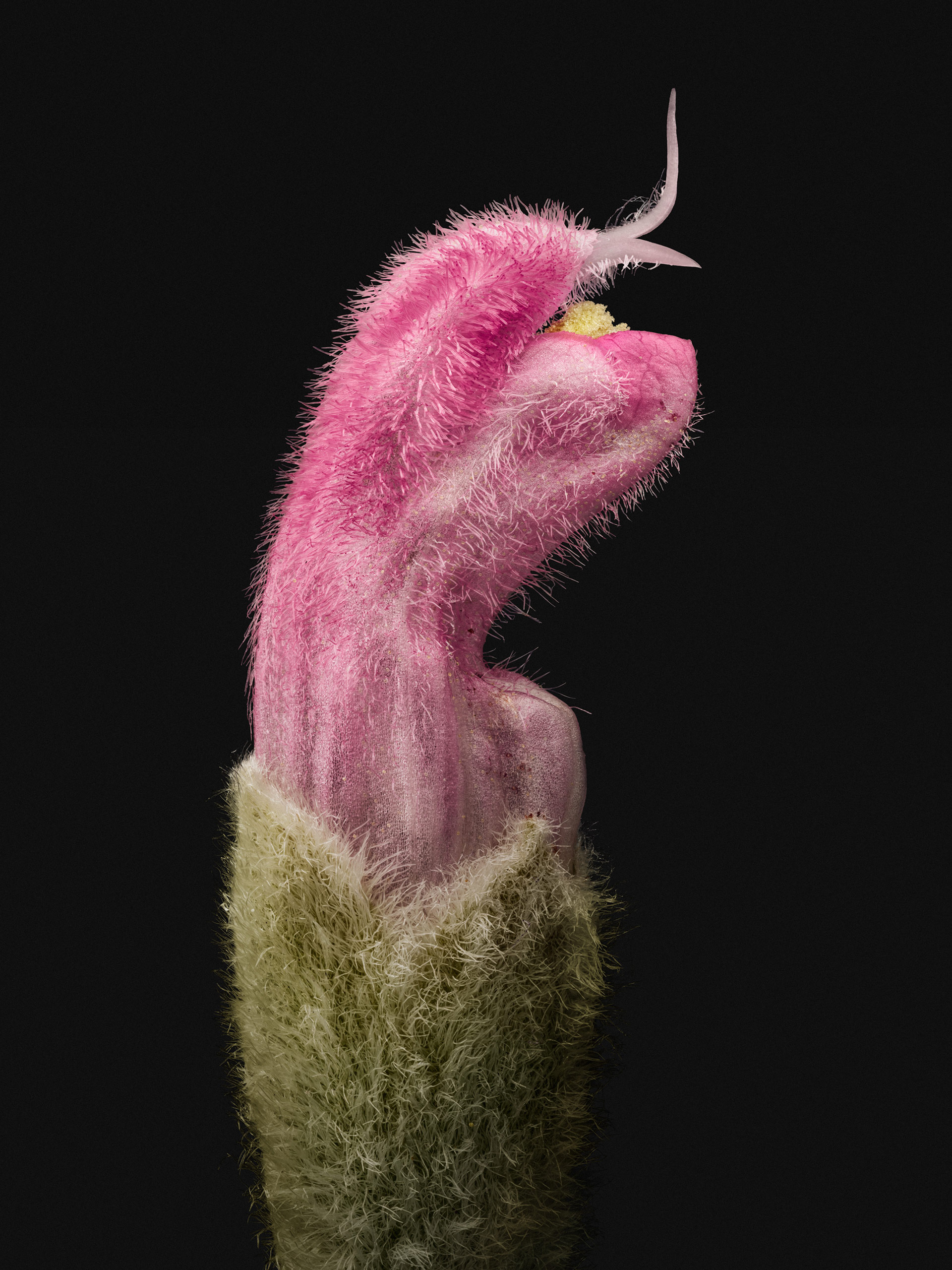
Another example of a Mexican bush sage, this one pink. A grinning trickster challenging the passing hummingbird to try steal the pot of gold—pollen—from its jaws.
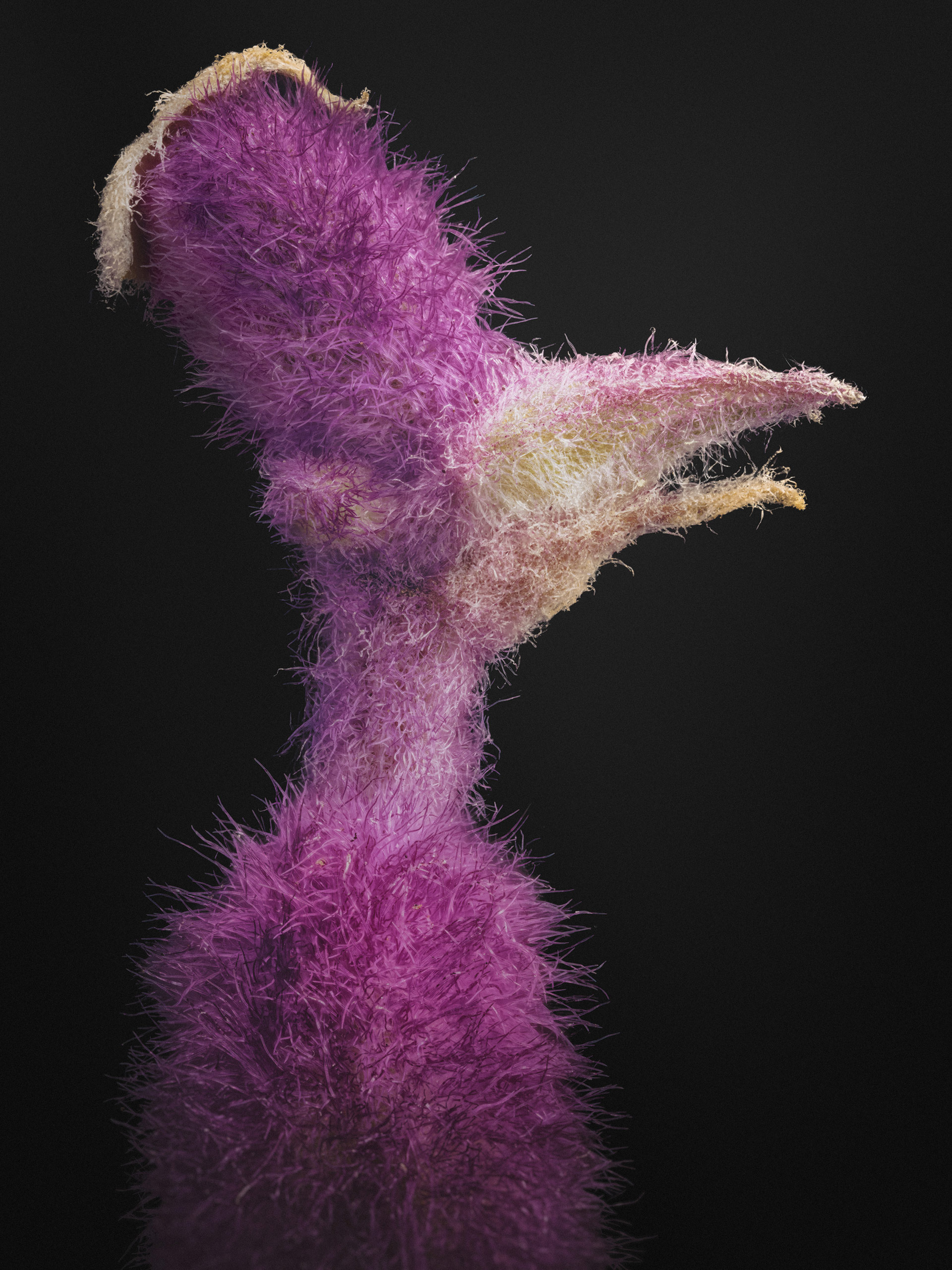
Another Mexican bush sage. This time a purple one. The plant’s complex inflorescence of many hairy flowers a perfect stage for one’s imagination; pareidolia. Here a profile of a late renaissance clergyman sporting a flashy fuchsia vestment, the color for penance.
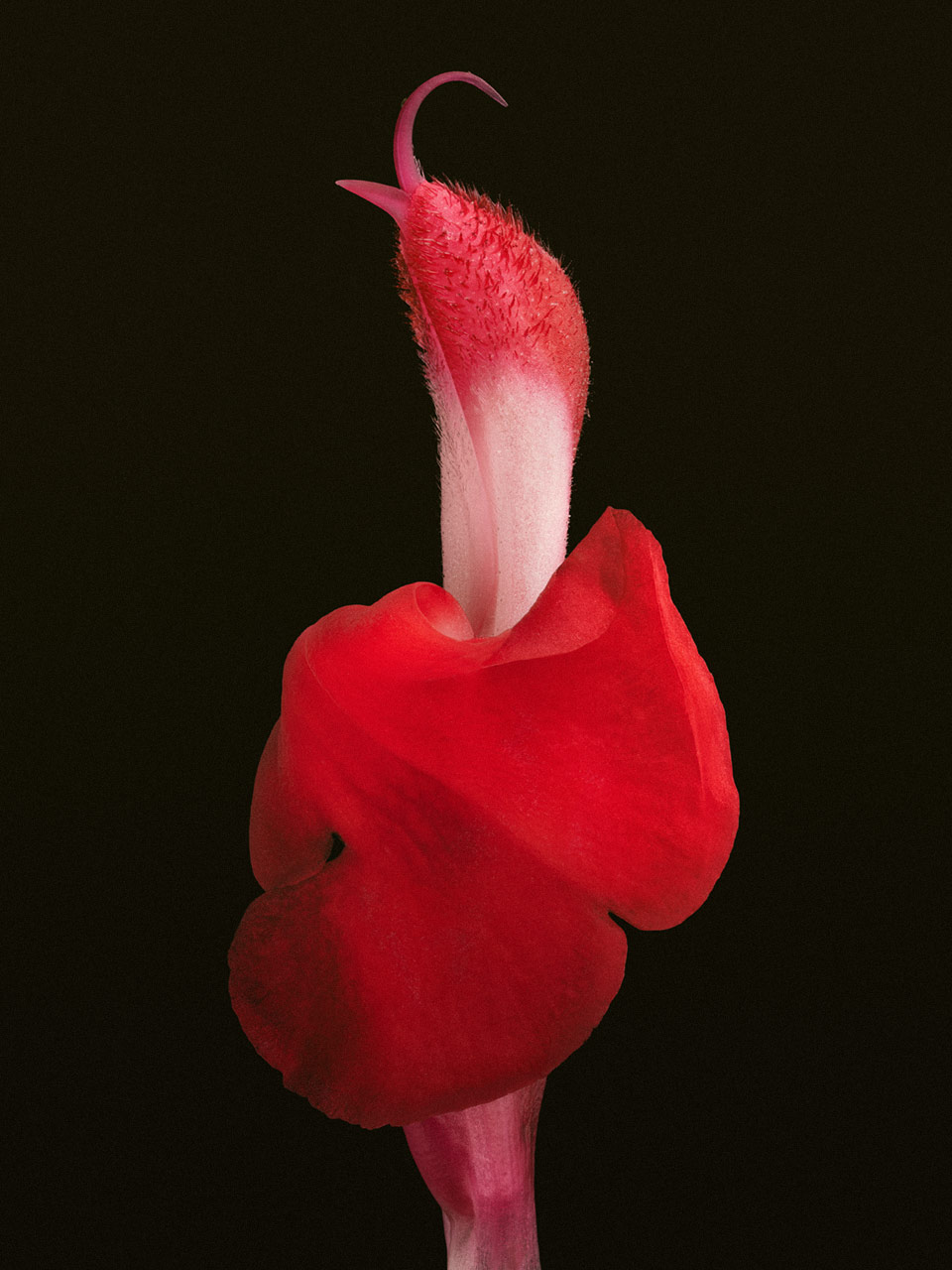
Another native of North America, from southeastern Arizona to the mountains of eastern, western, and southern Mexico where it is called mirto de montes, or “myrtle of the mountains.” A complex species, it is easily hybridized as in this example whose moniker “Hot Lips” is self-evident.
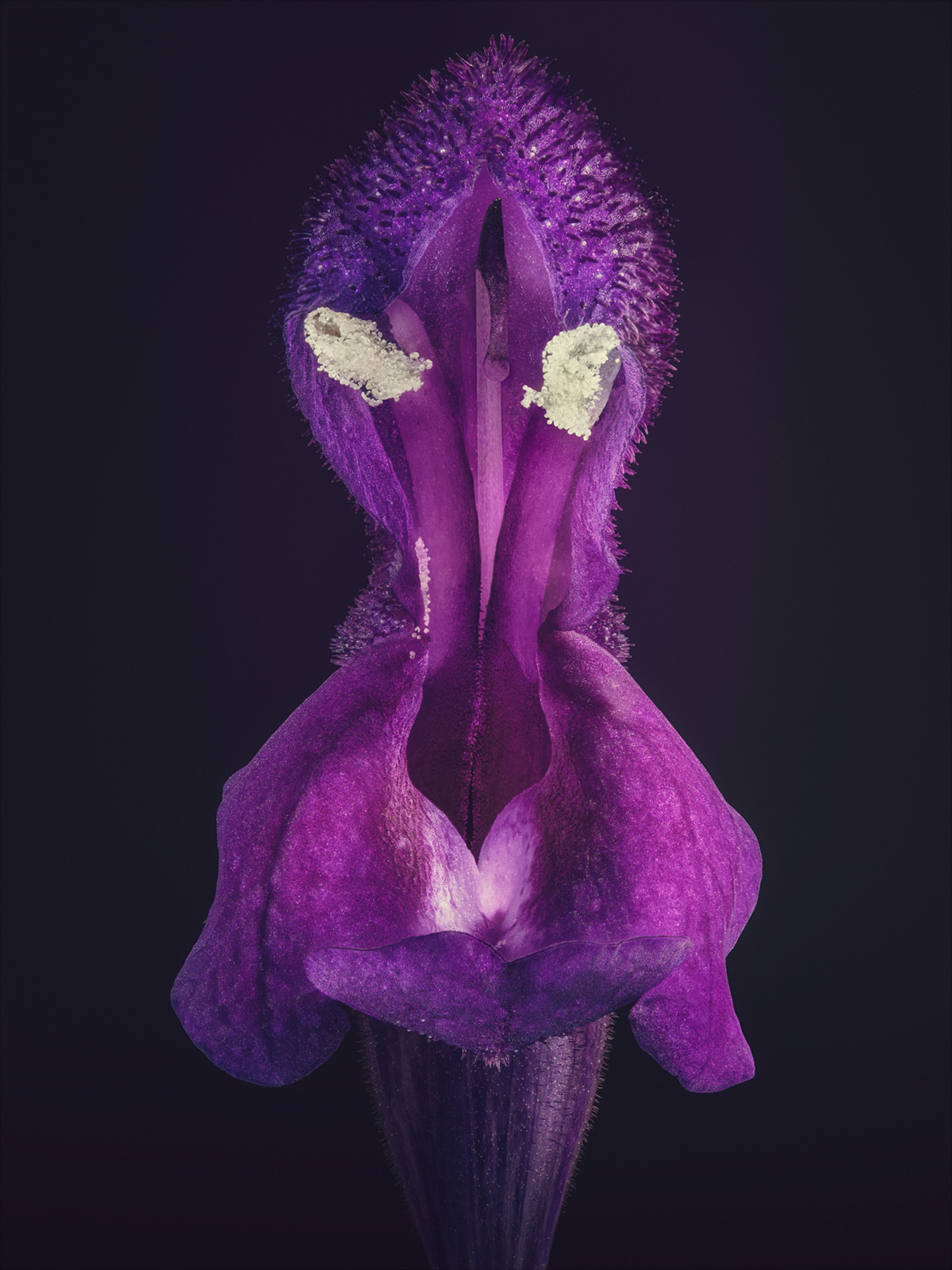
The hummingbird sage, is a species of flowering plant in the sage family, Lamiaceae, native to a wide area of South America. The species name originates from the Guaraní people of Brazil, who reportedly used the leaves as a sedative.
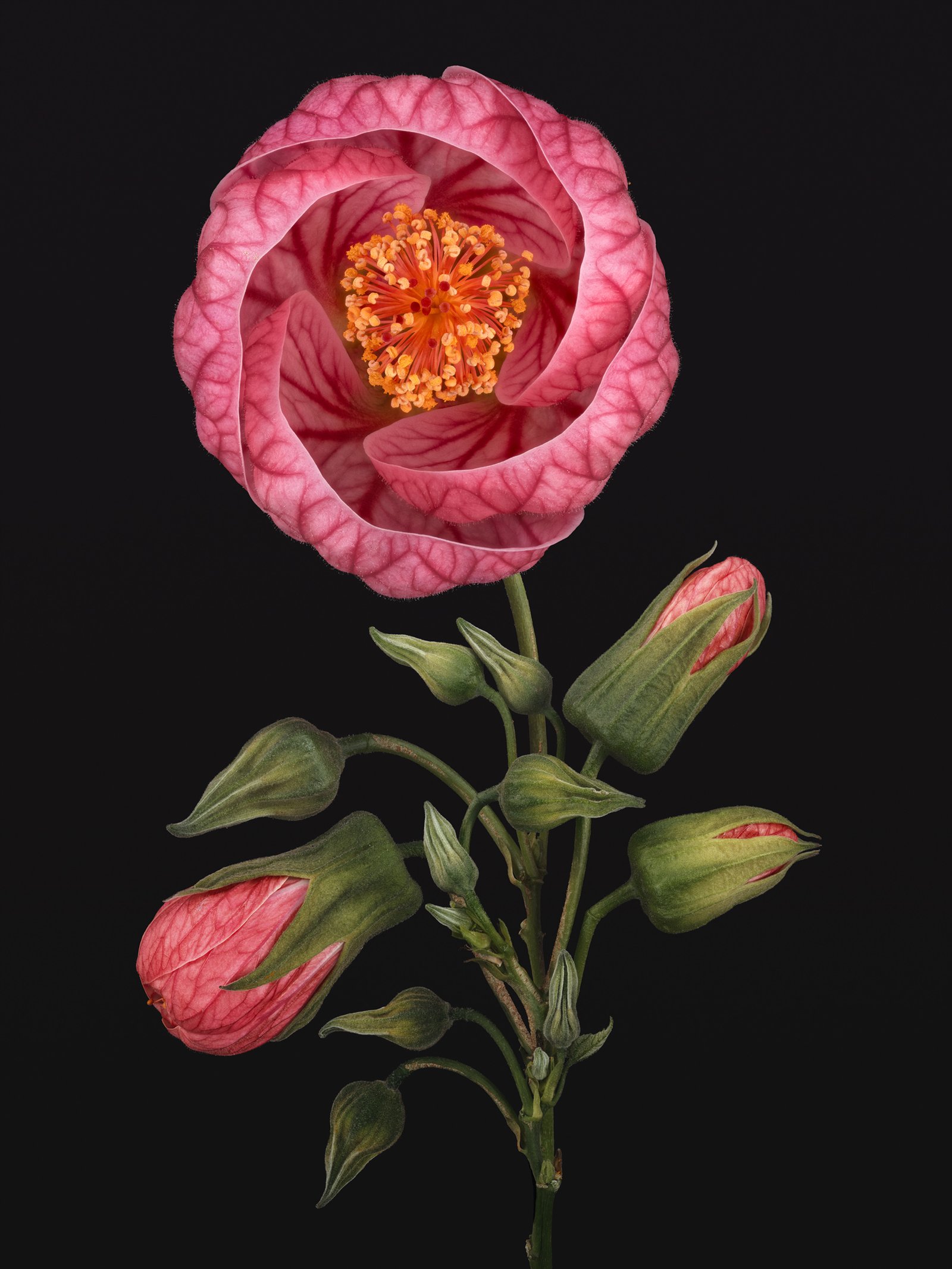
Abutilon is a large genus of flowering plants in the mallow family, Malvaceae. It is distributed throughout the tropics and subtropics of the Americas, Africa, Asia, and Australia. General common names include Indian mallow and velvetleaf; ornamental varieties may be known as room maple, parlor maple, or flowering maple.
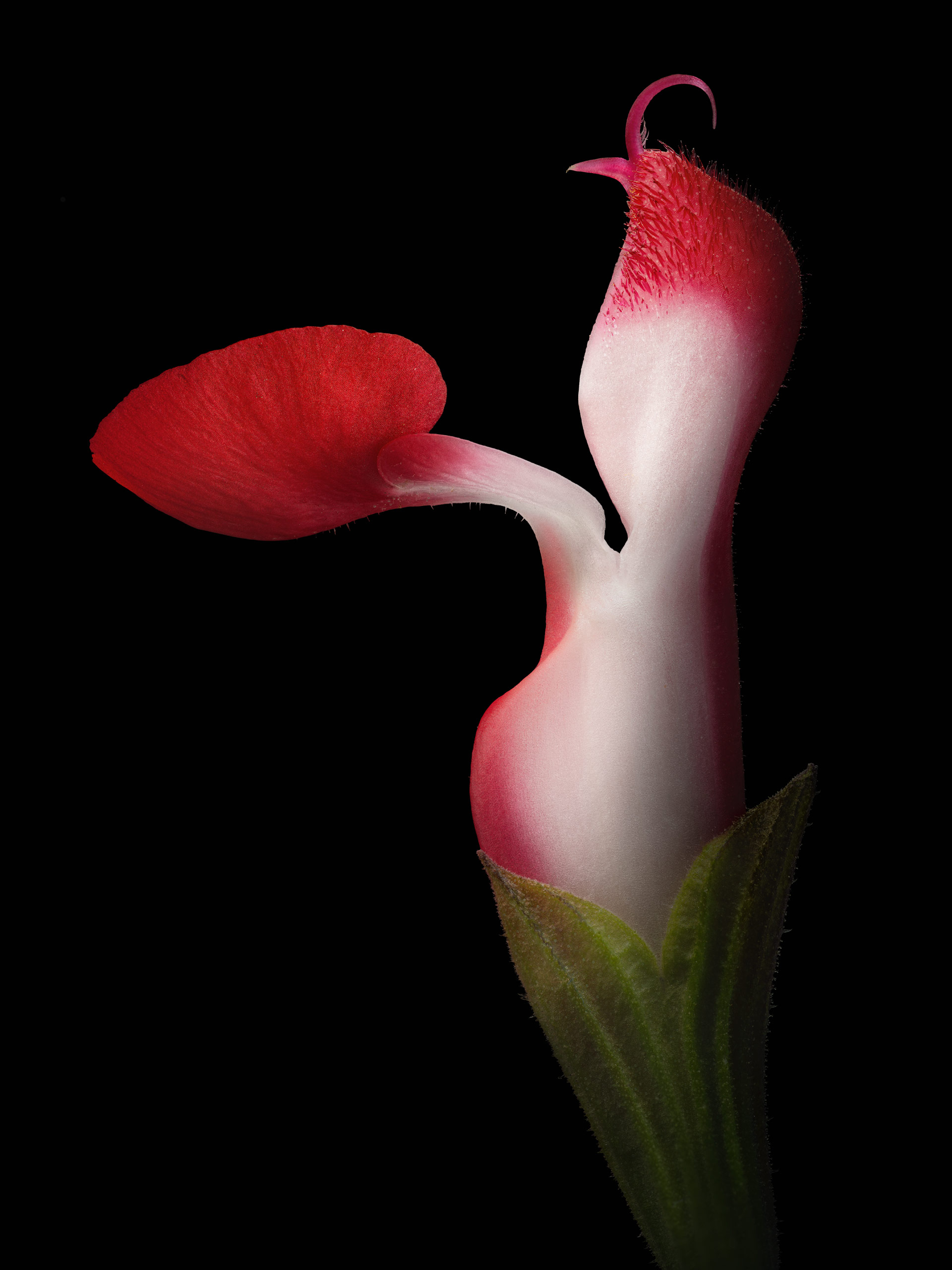
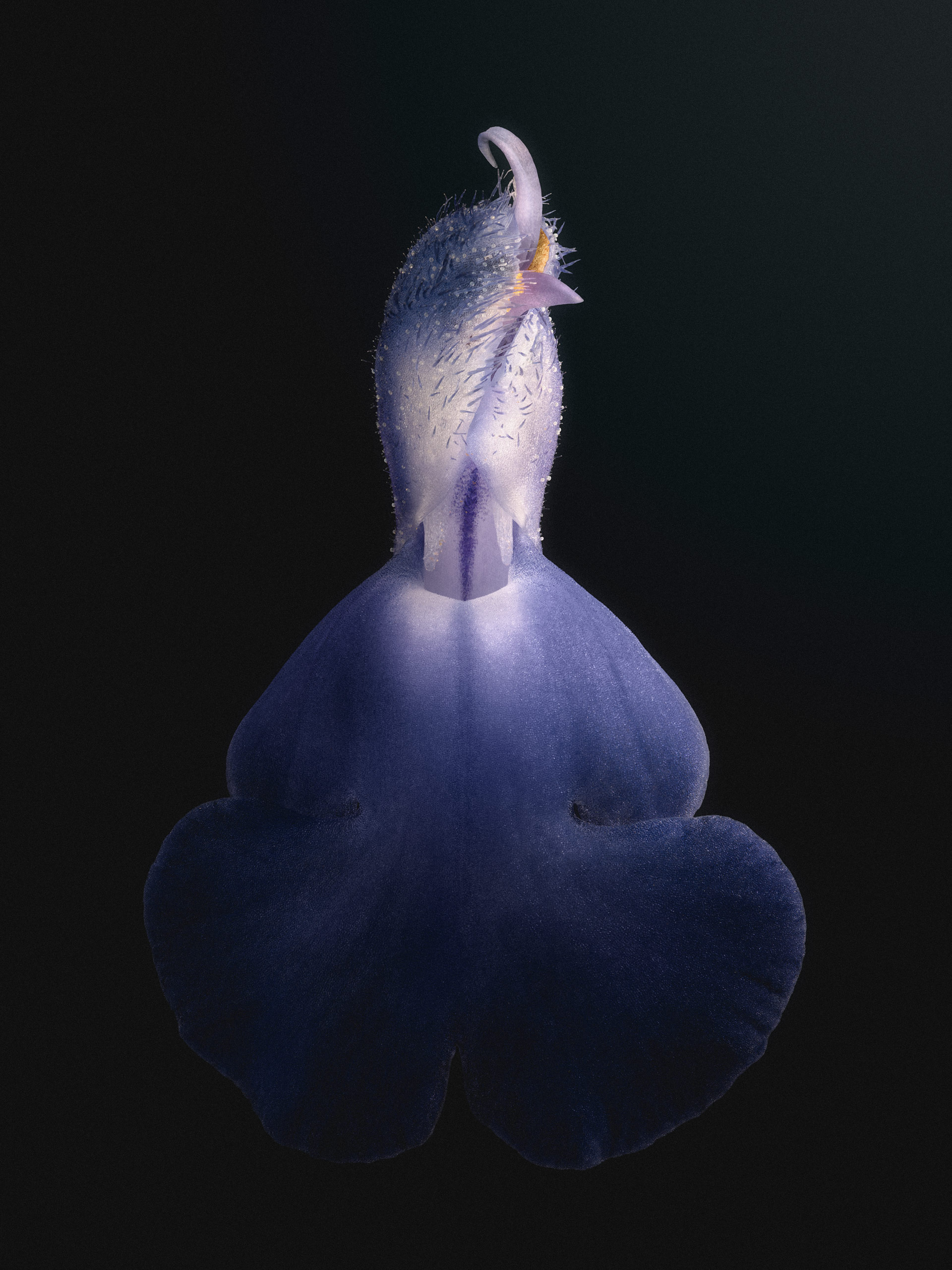
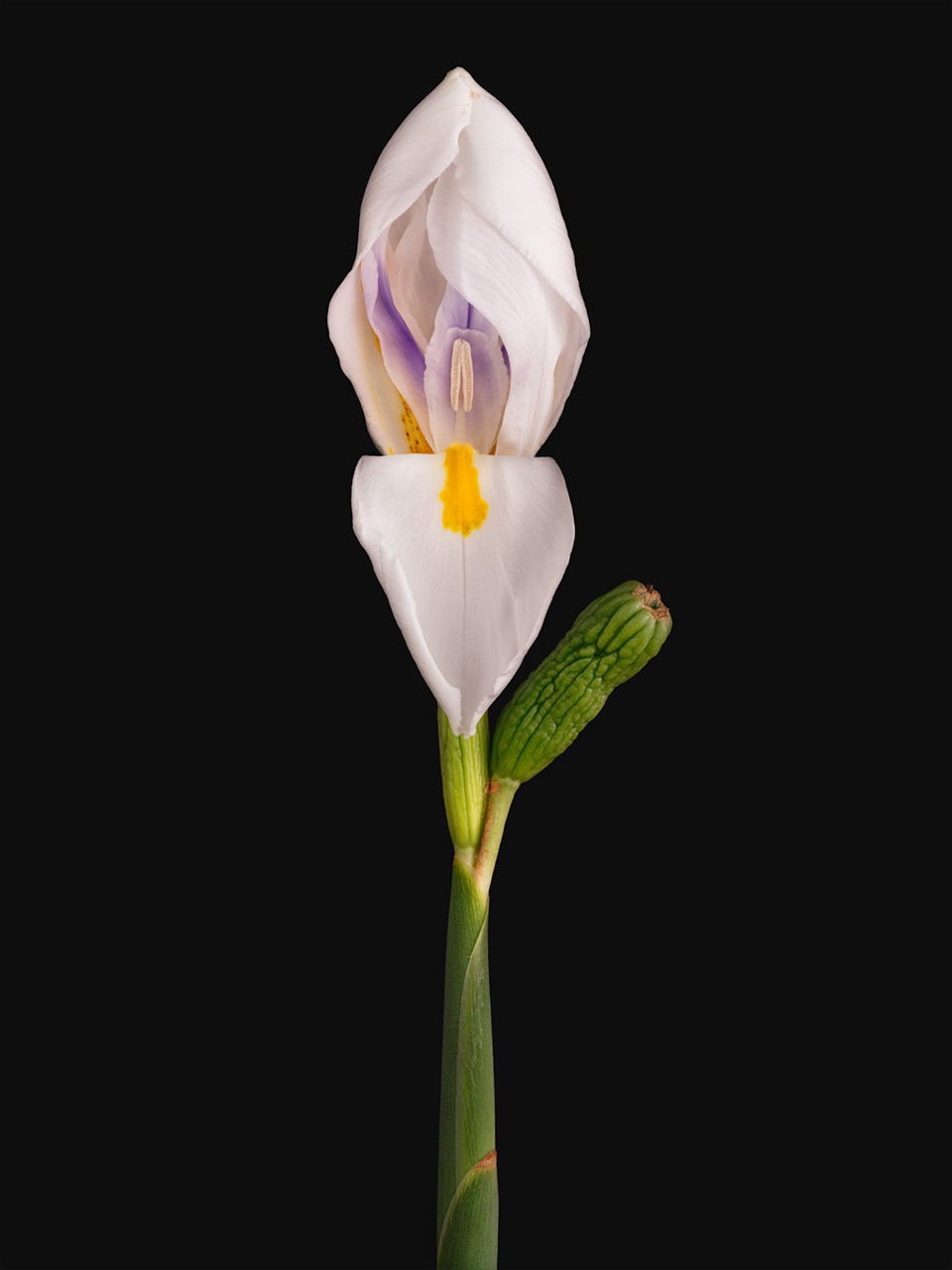
Dietes grandiflora is widely distributed in Africa, from Ethiopia to South Africa. It is a favorite of public gardens due to its large size and flashy flowers. The photograph shows the intricate and sequenced folds of the flower as it opens, a successive asymmetrical progression that is more game plan than masterplan.
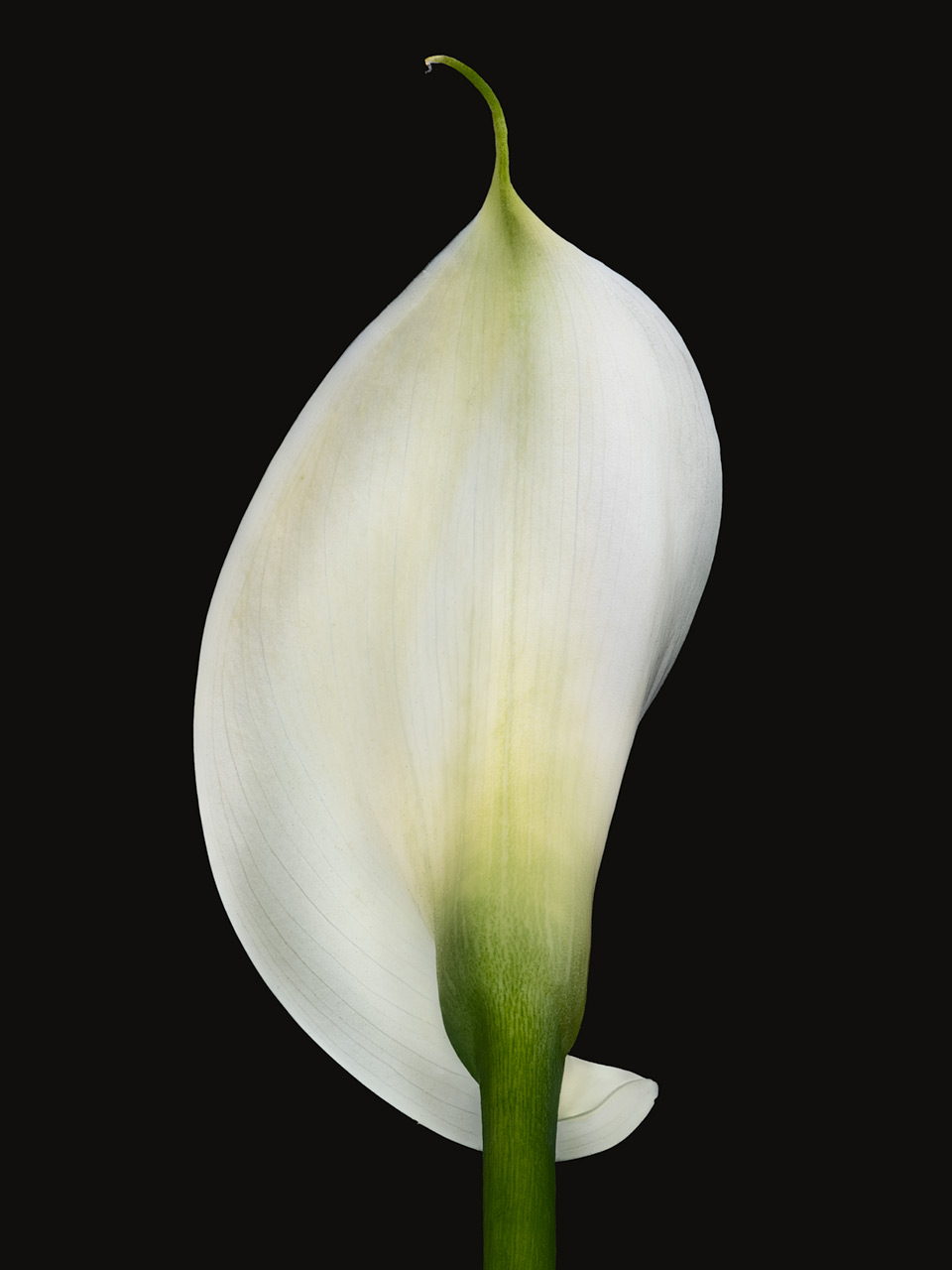
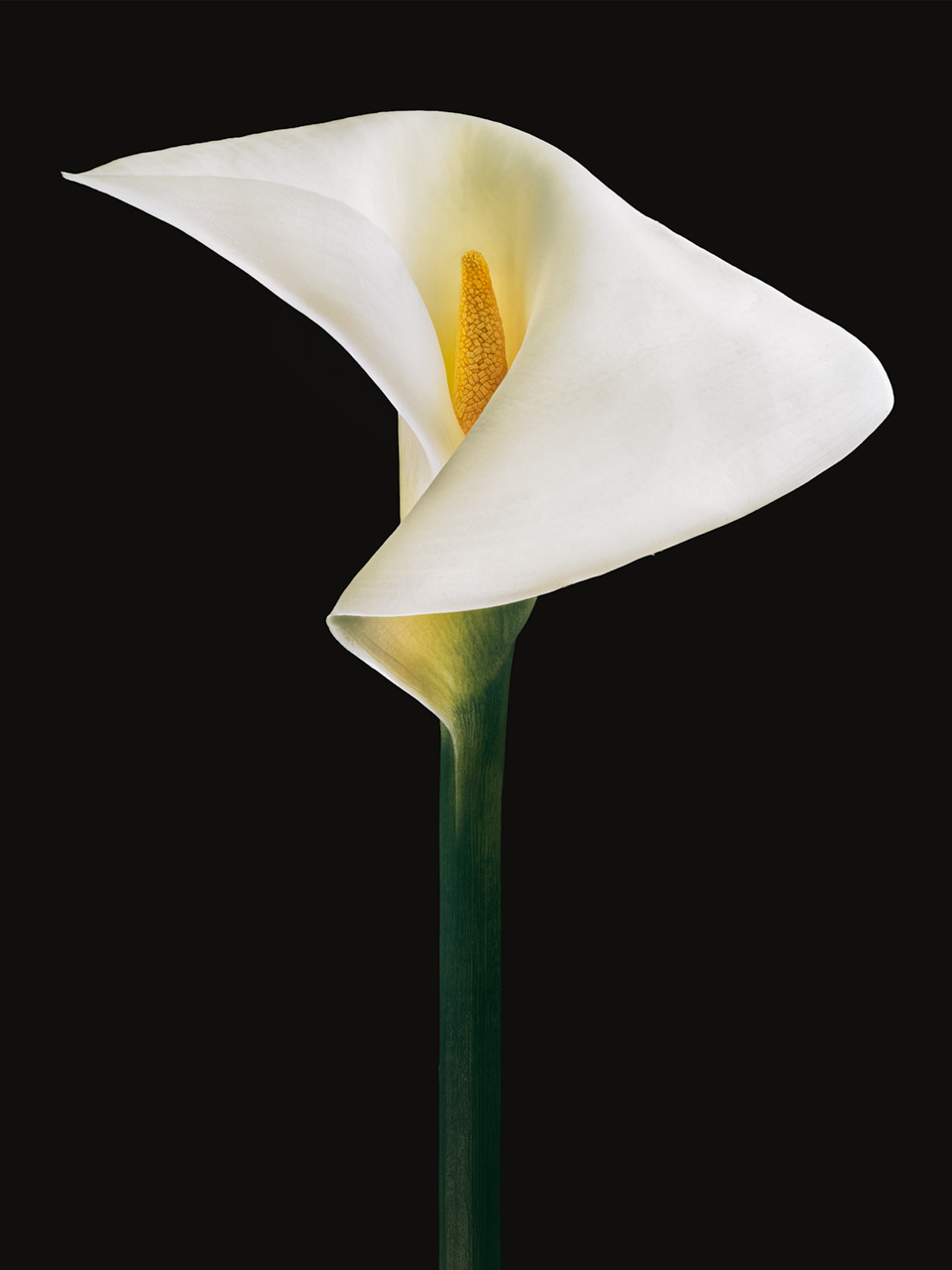
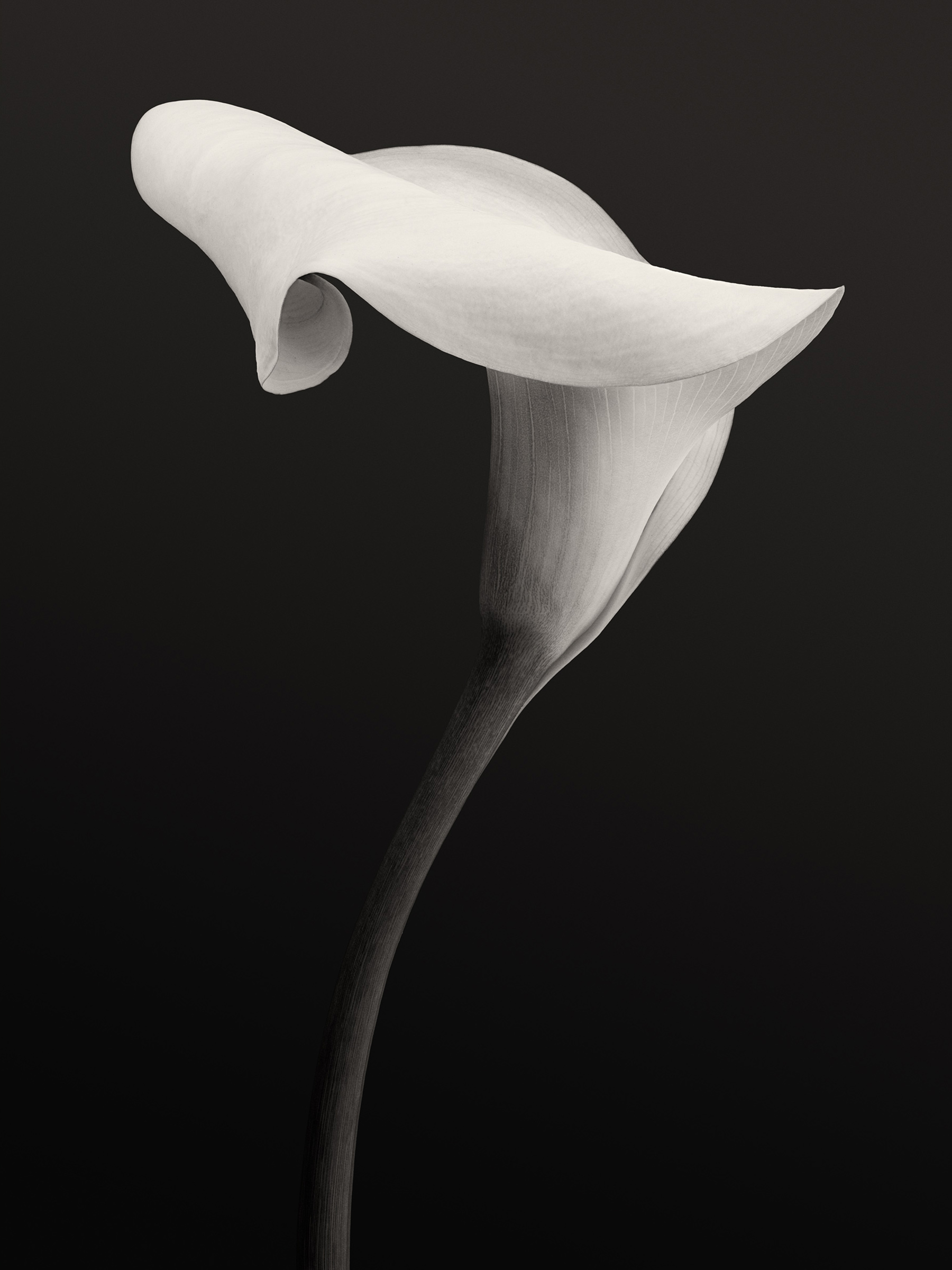
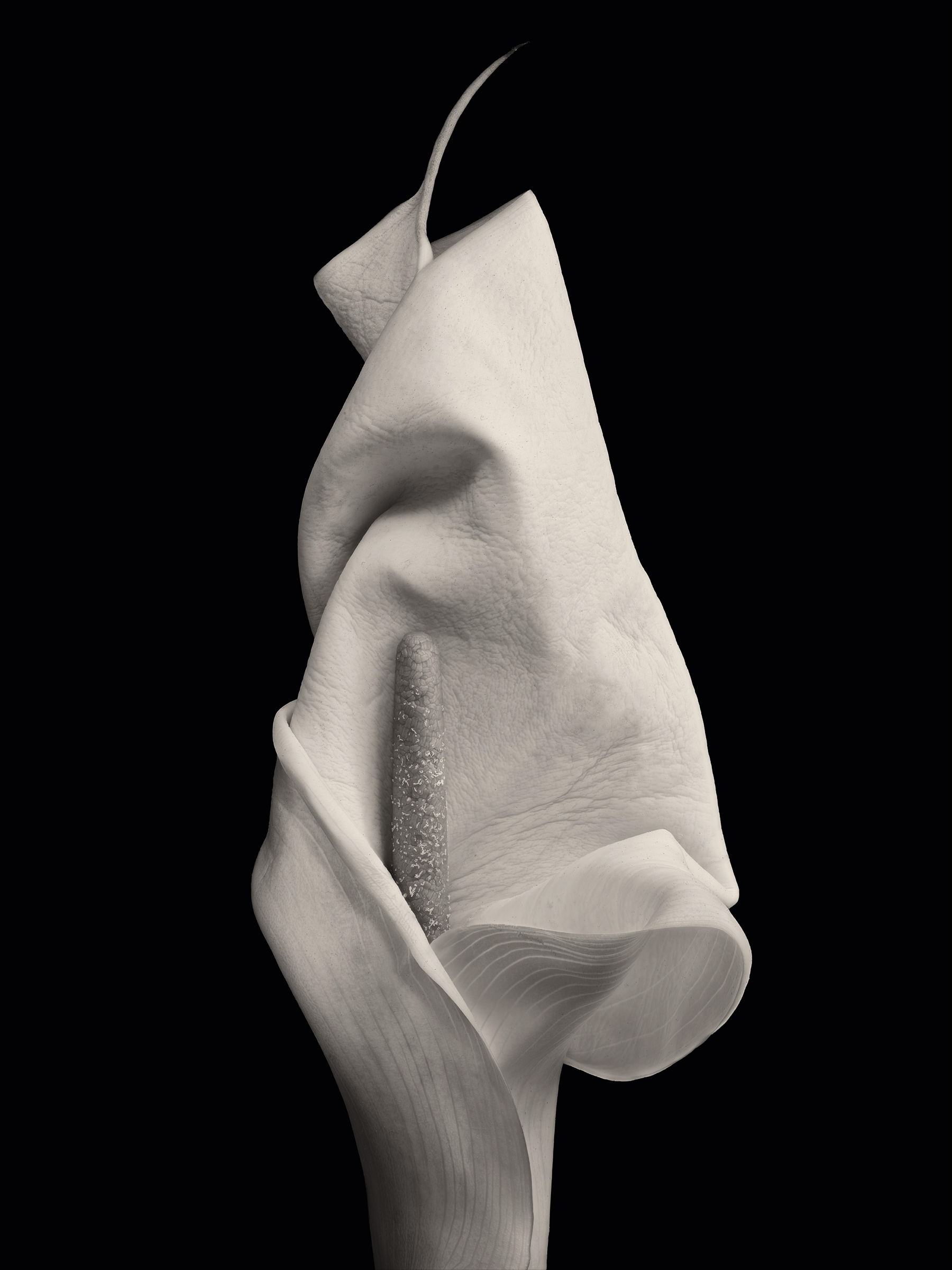
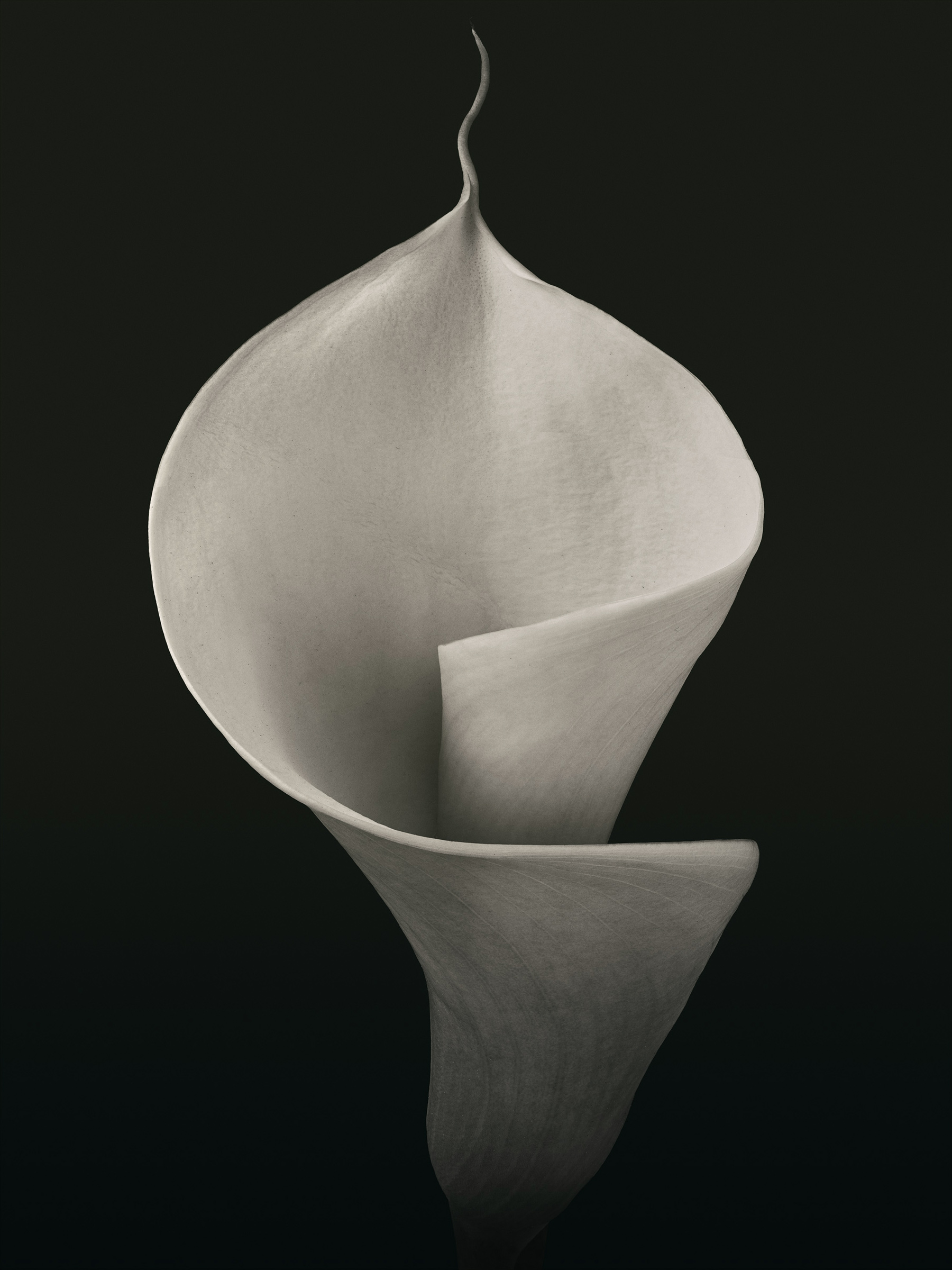
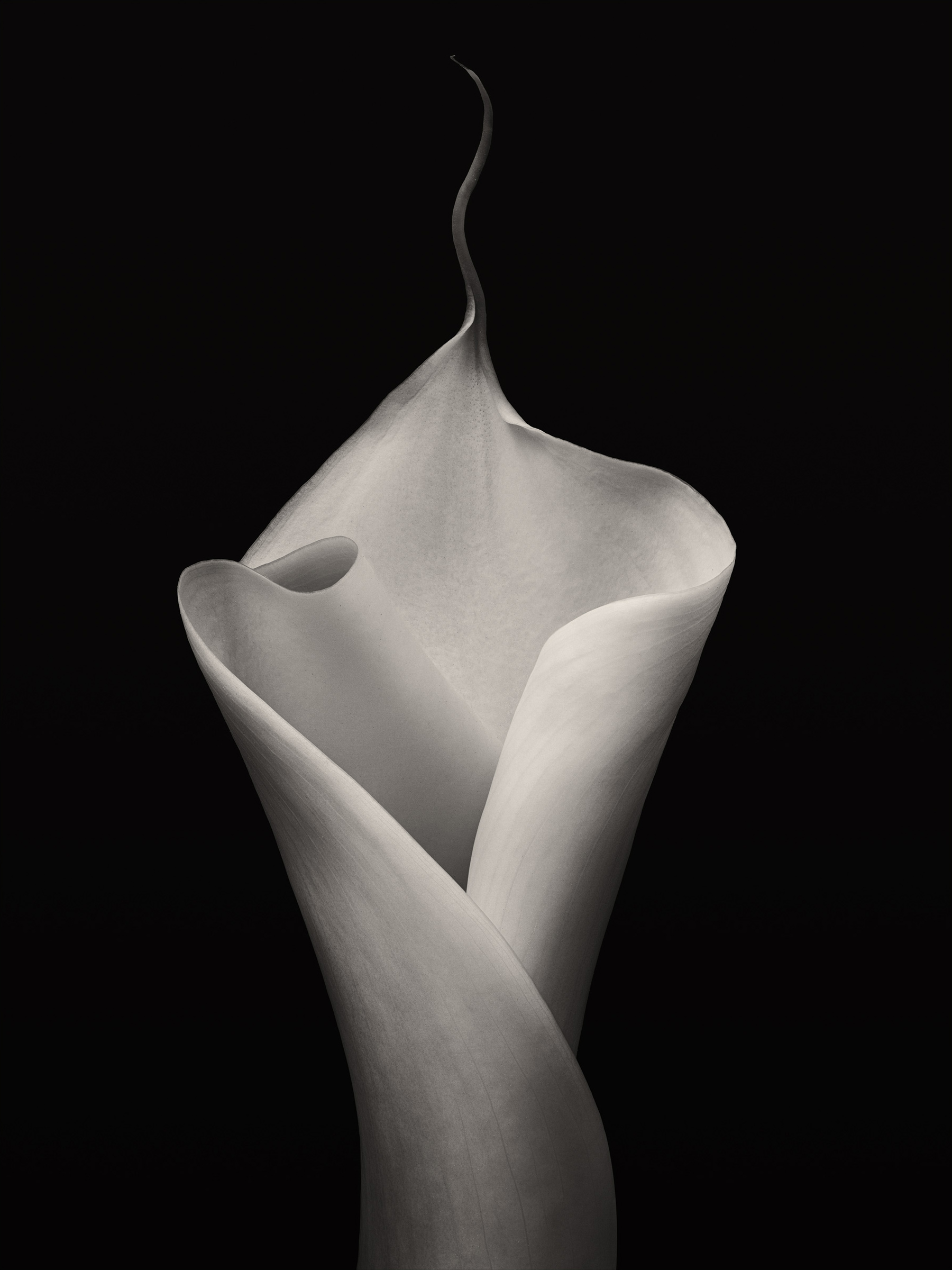
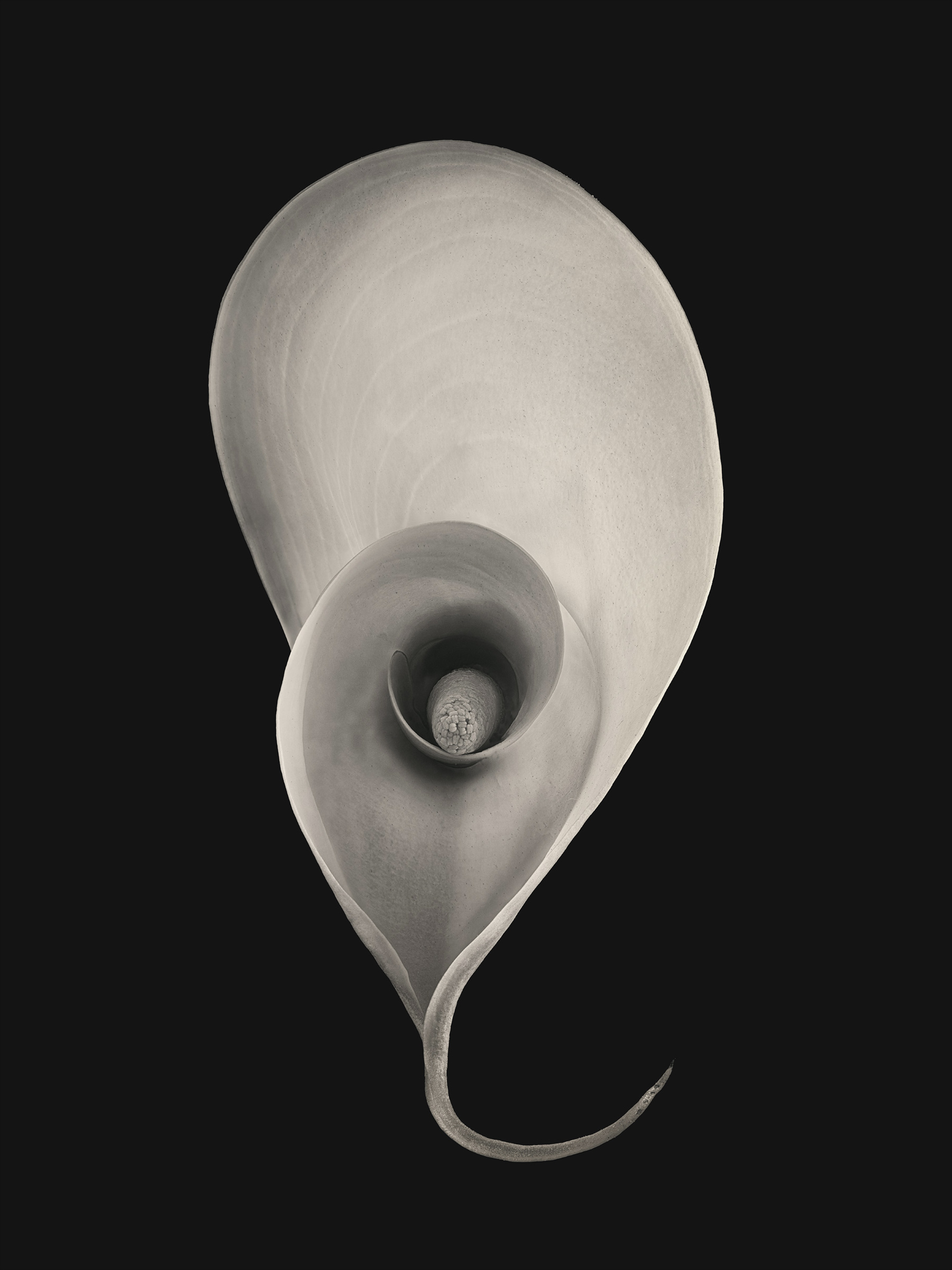
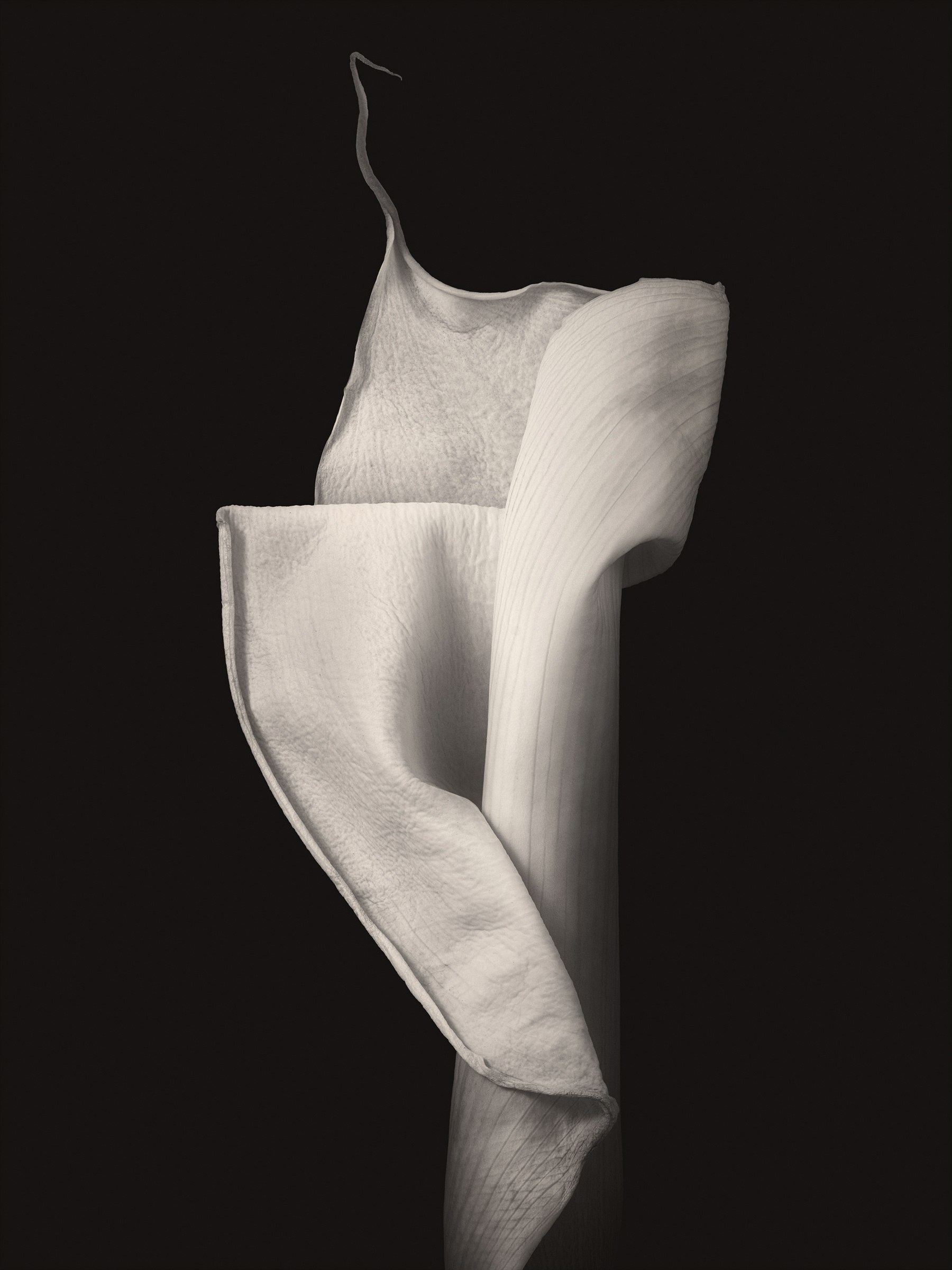
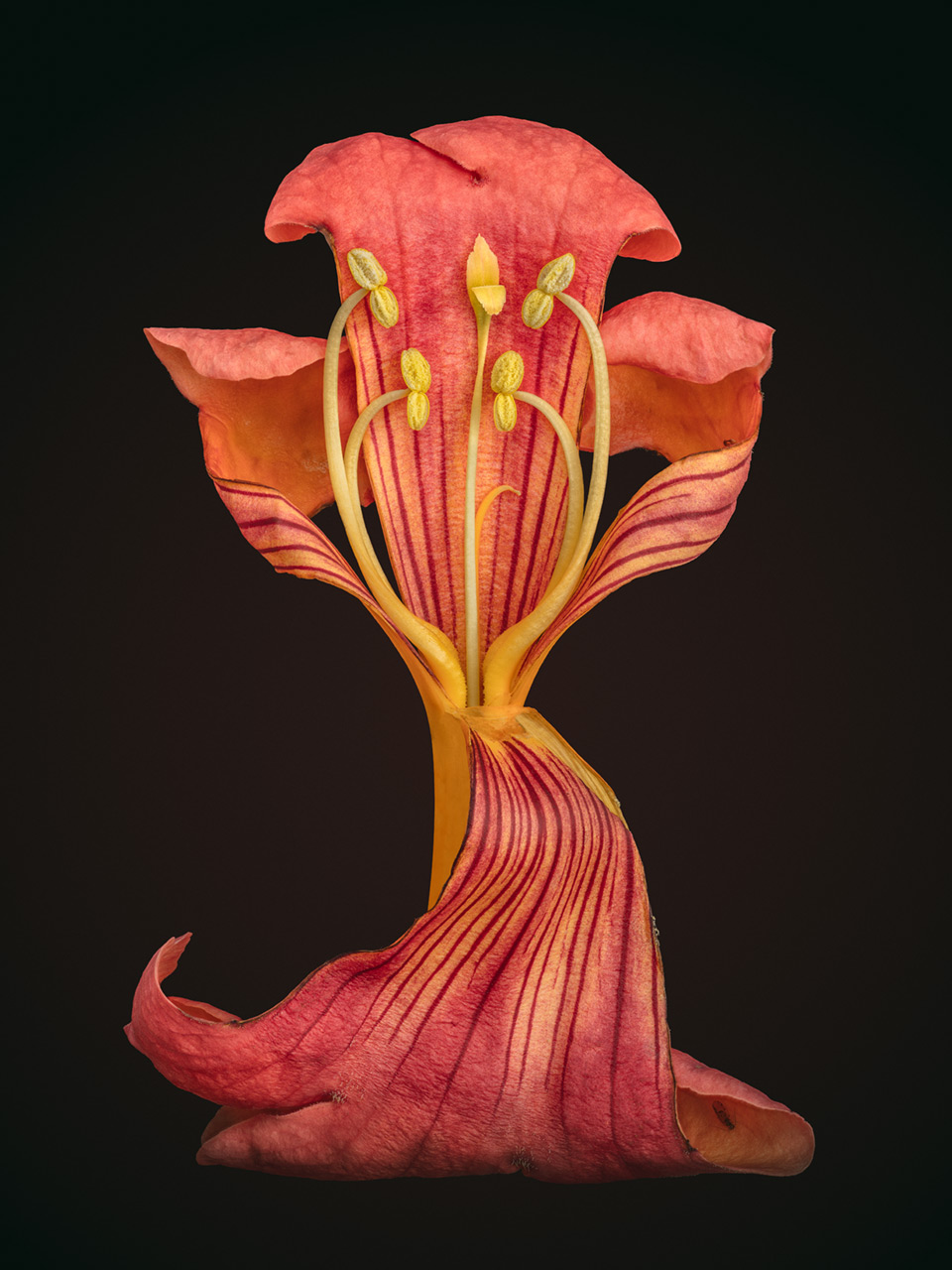
A member of the trumpet vine, it is native to eastern North America. The plant is commonly known as cow-itch vine. Skin redness and itching may be experienced by some people after coming in contact with the leaves. In this photograph, the petals are splayed in the manner of an ankle-length evening dress as worn by Norma Desmond descending the grand staircase of her Hollywood mansion.
